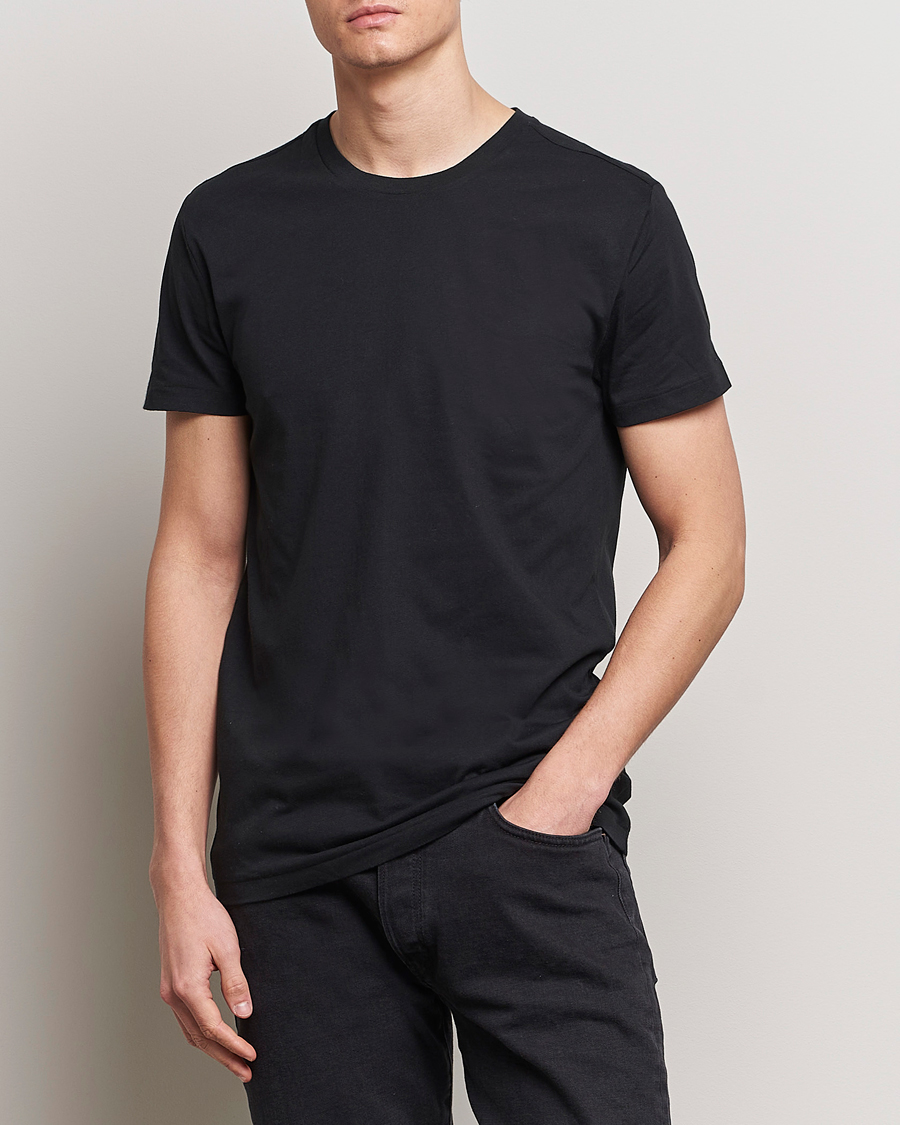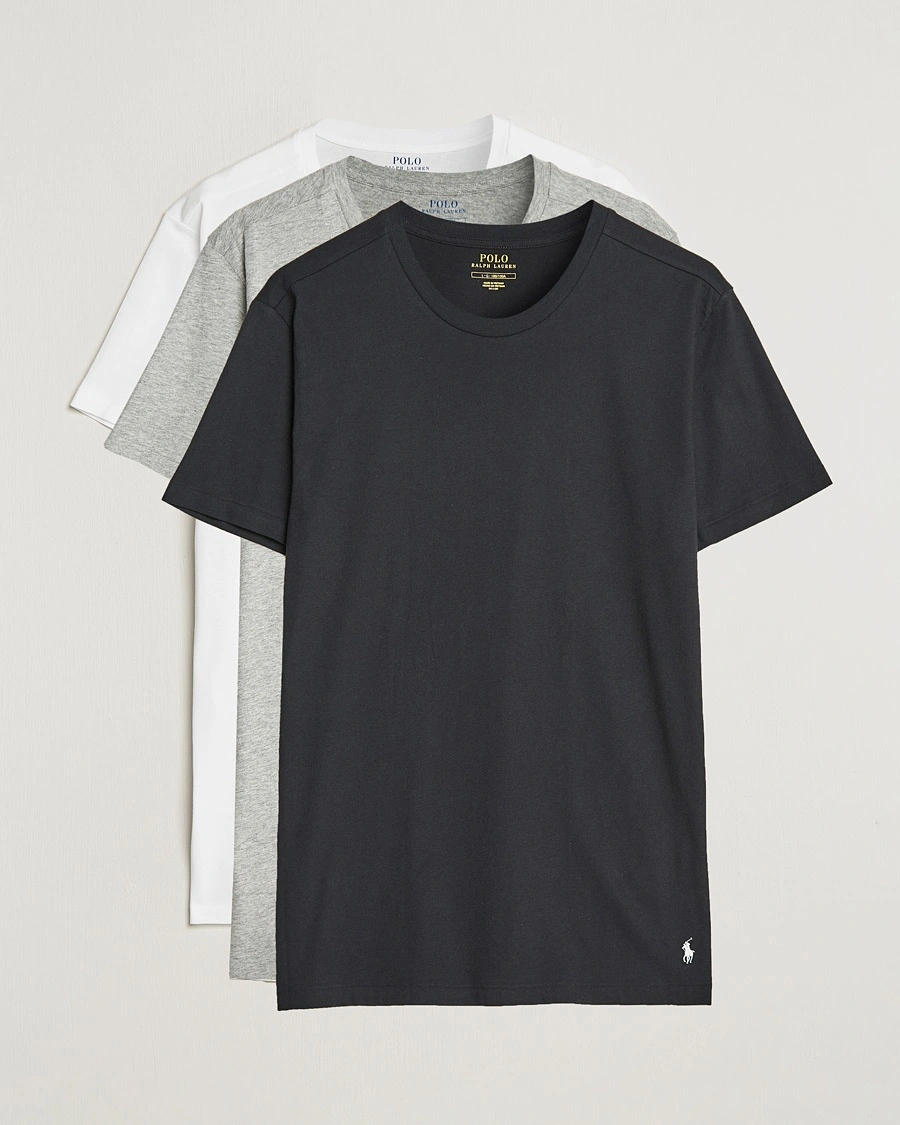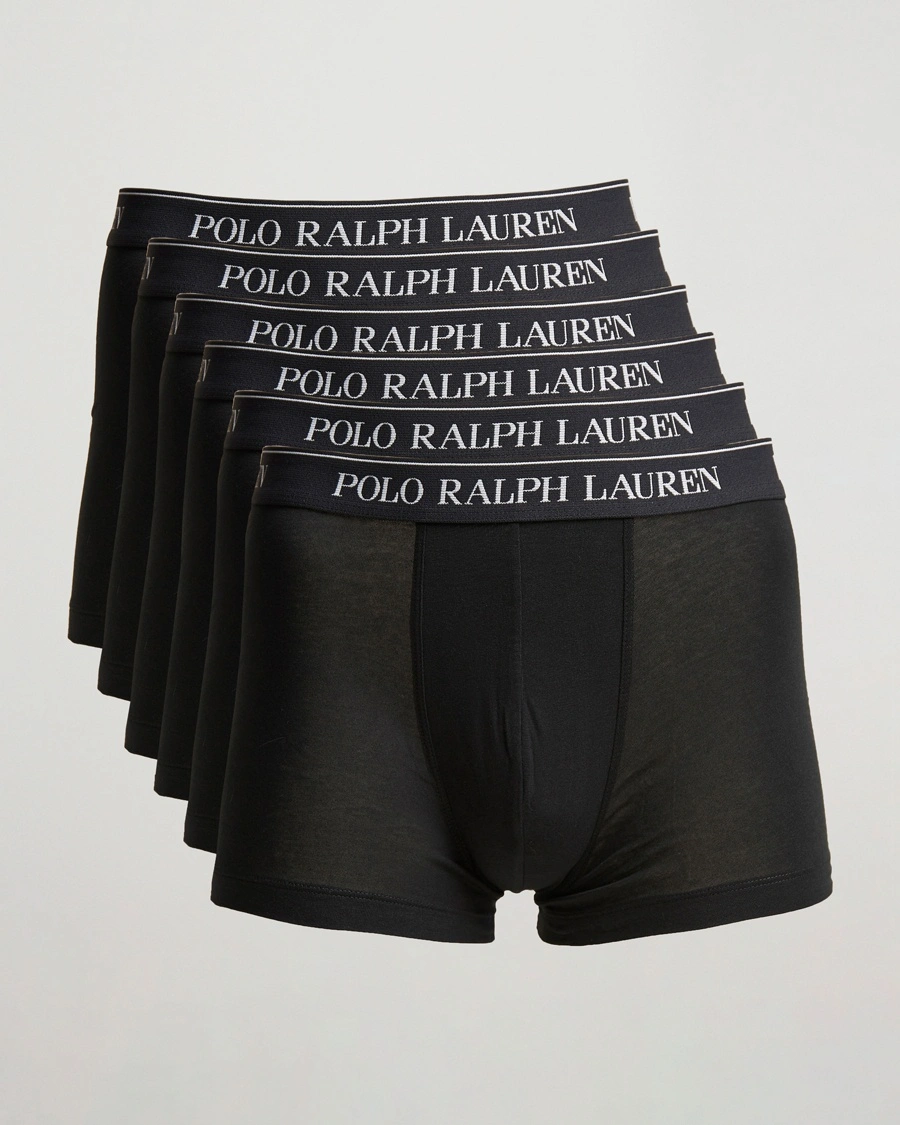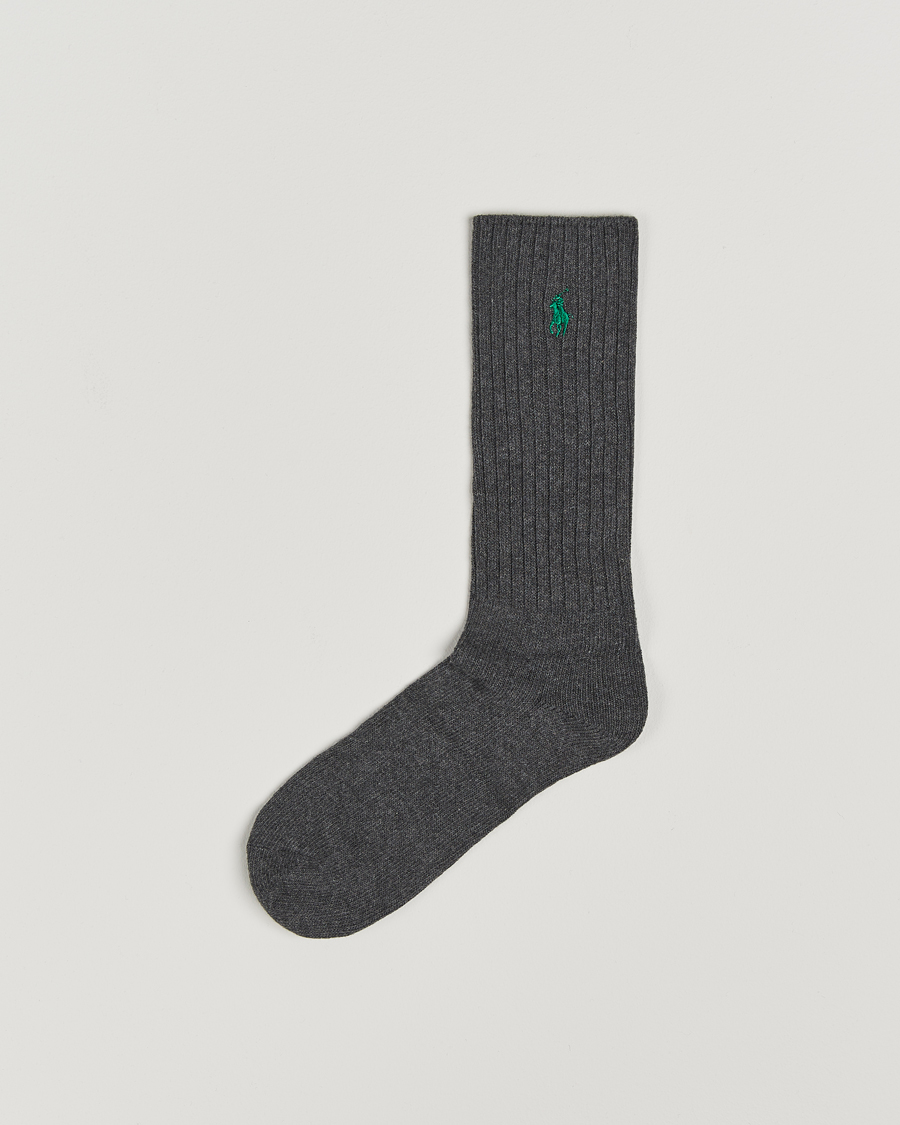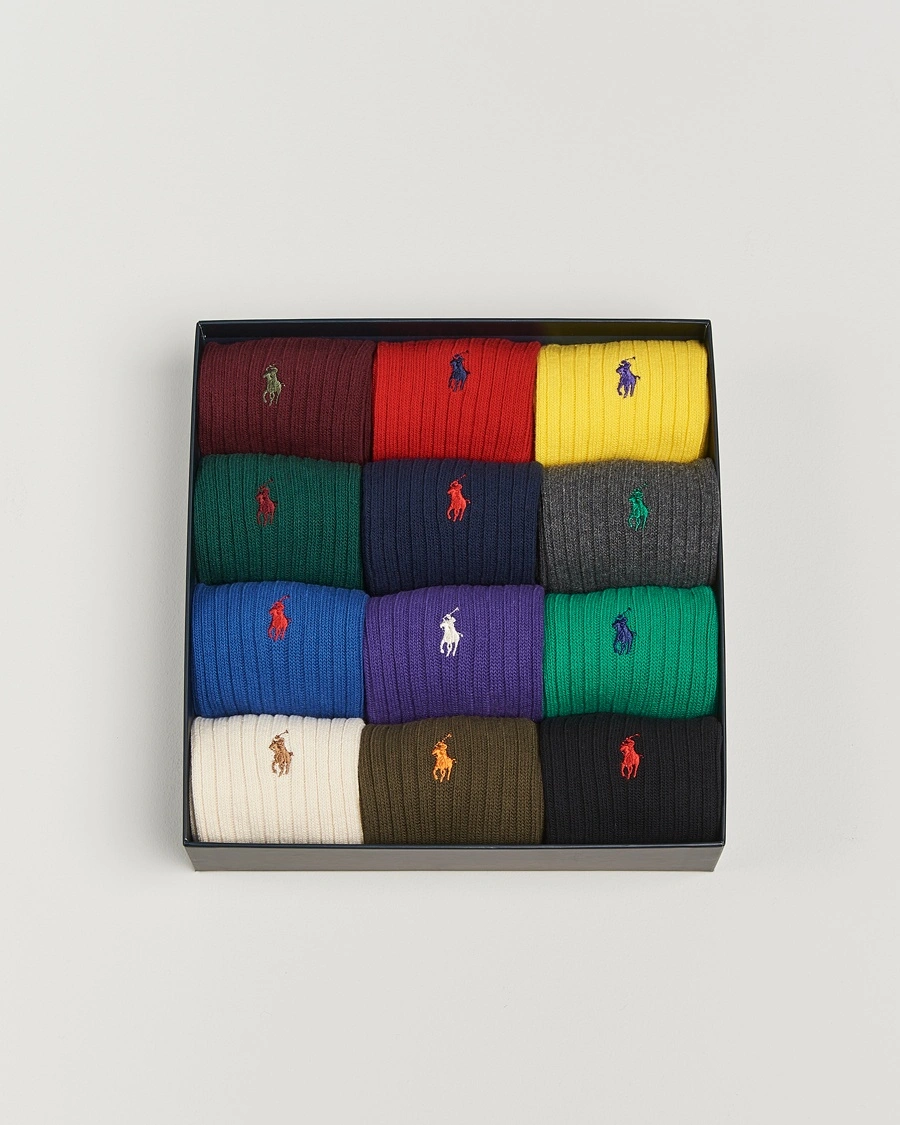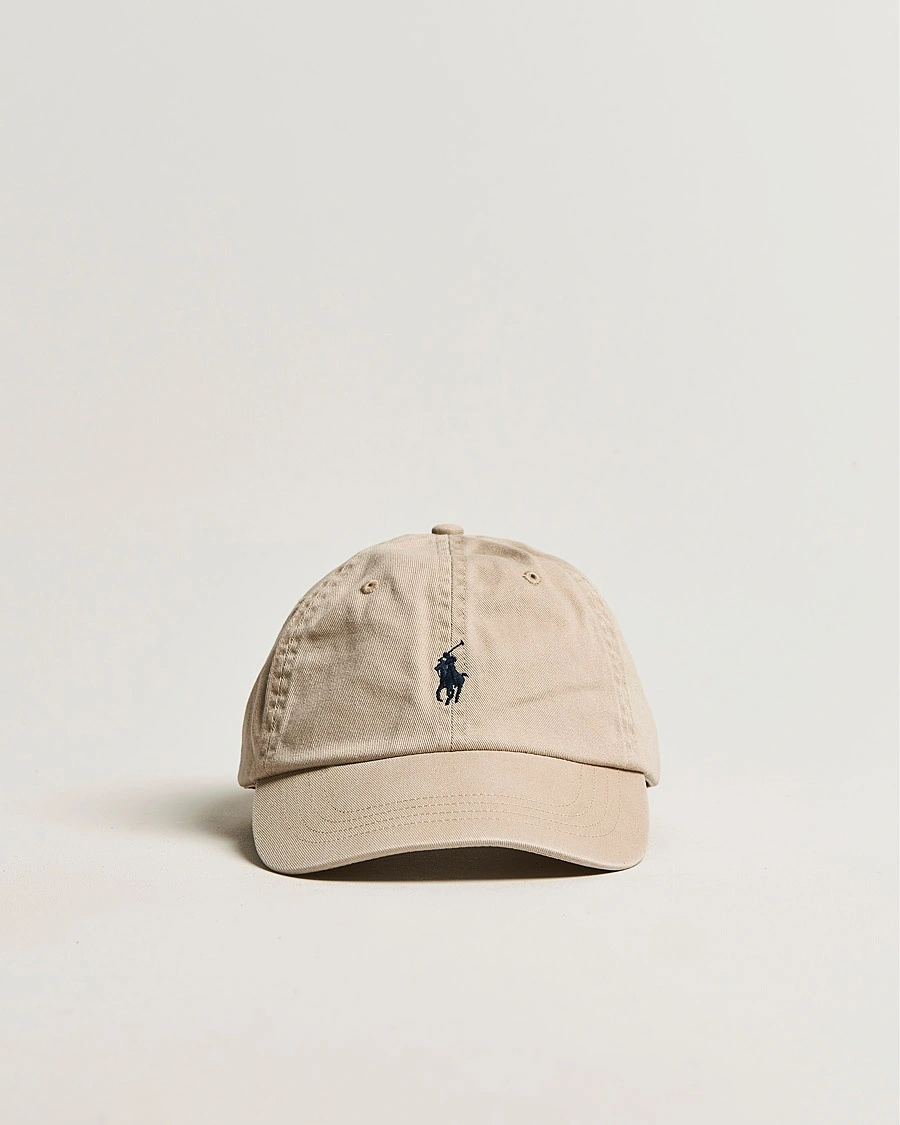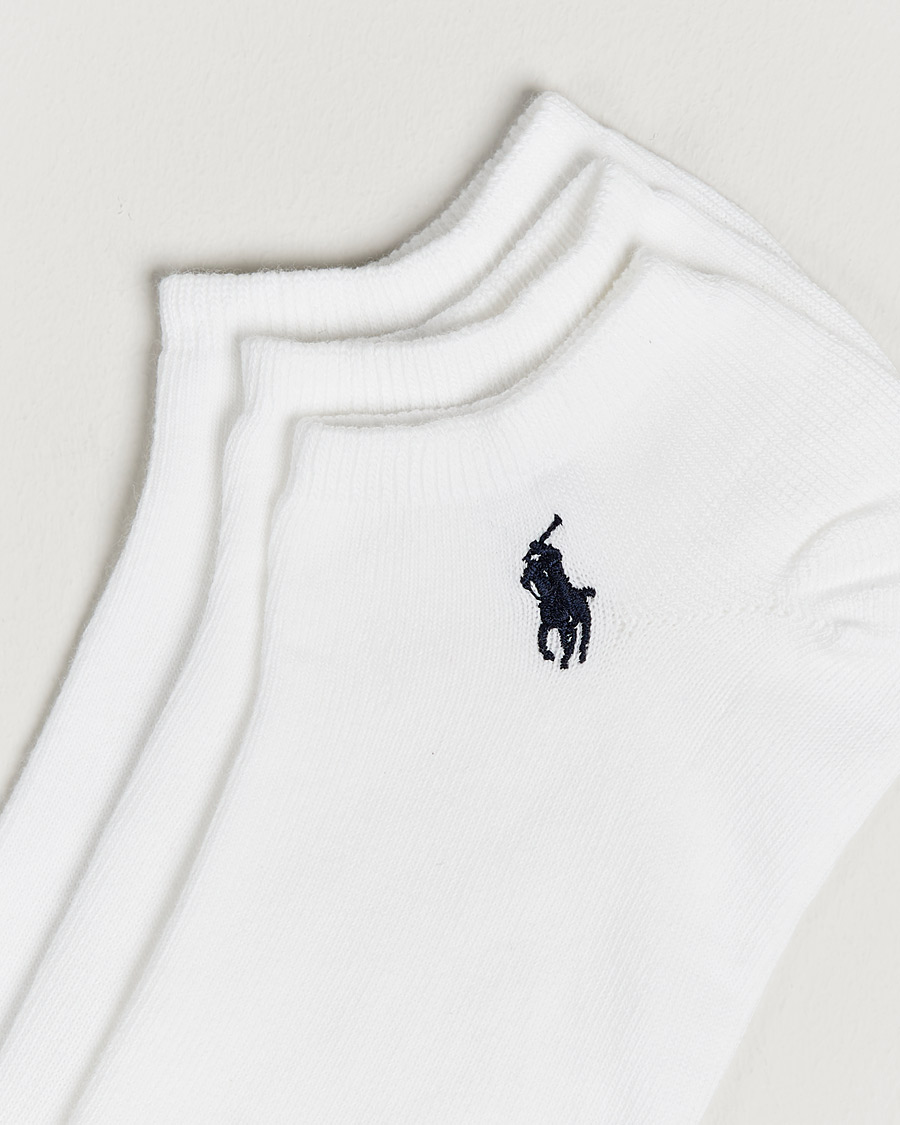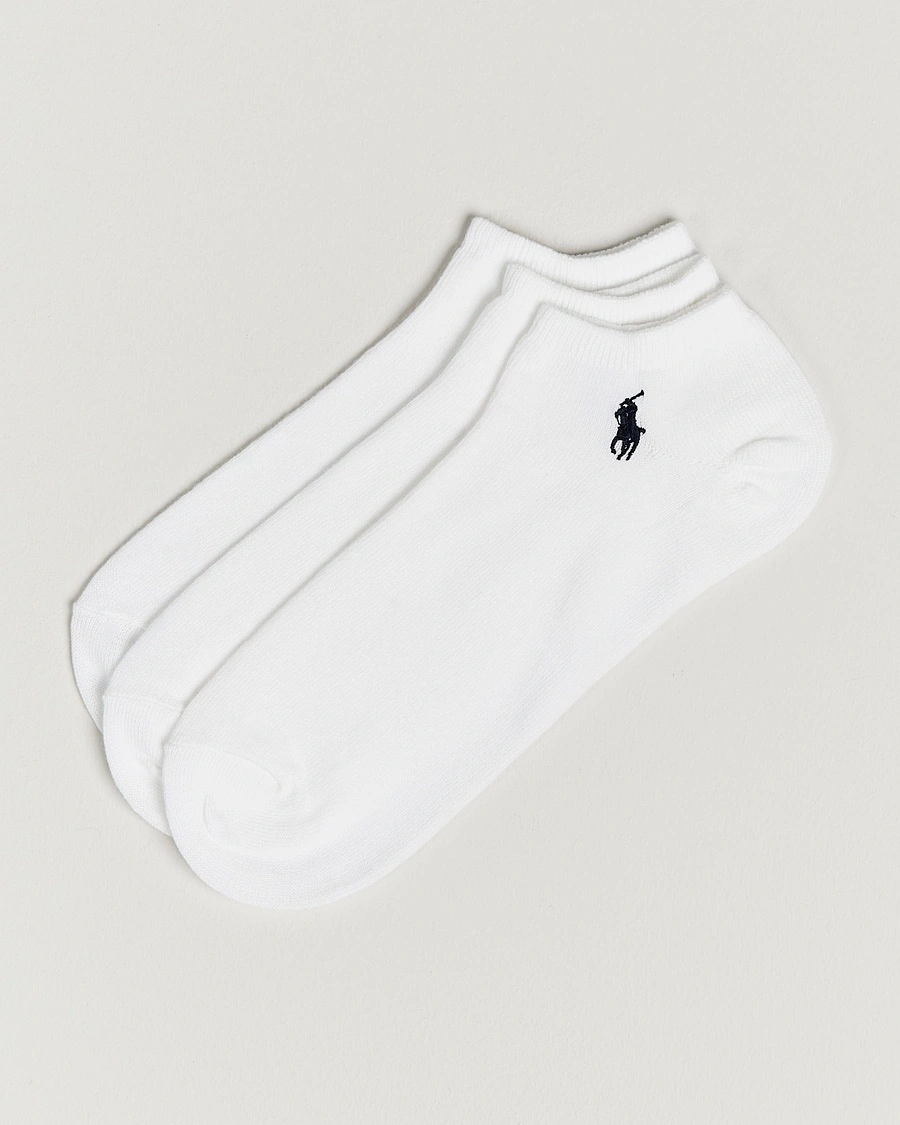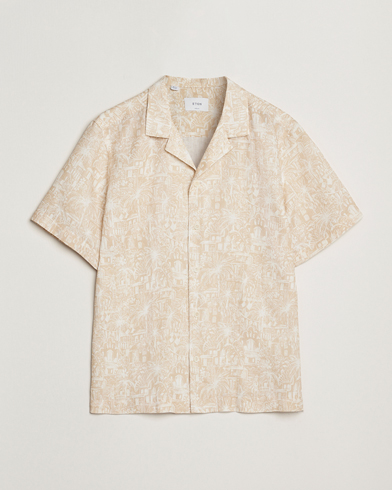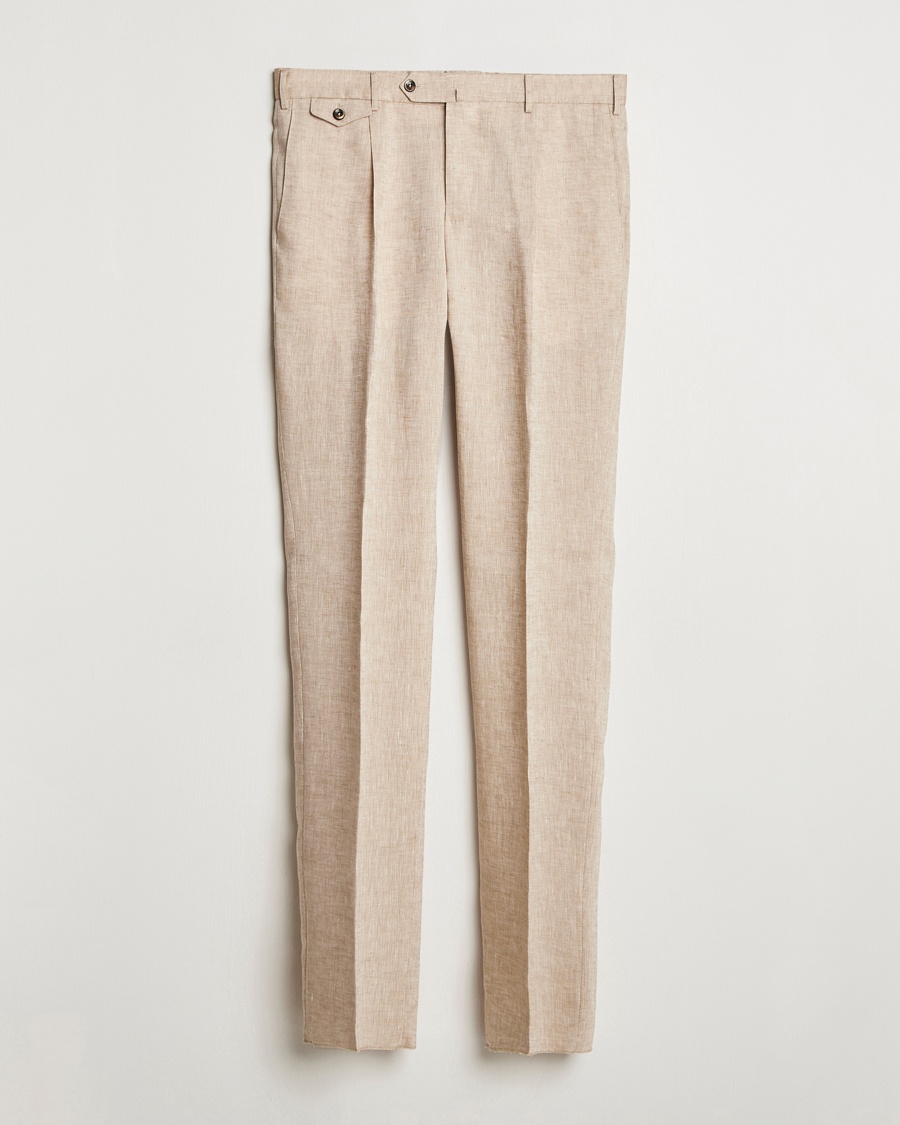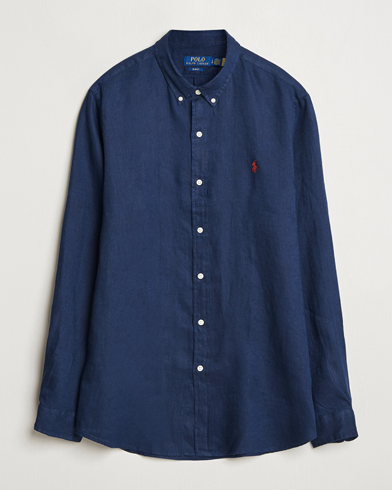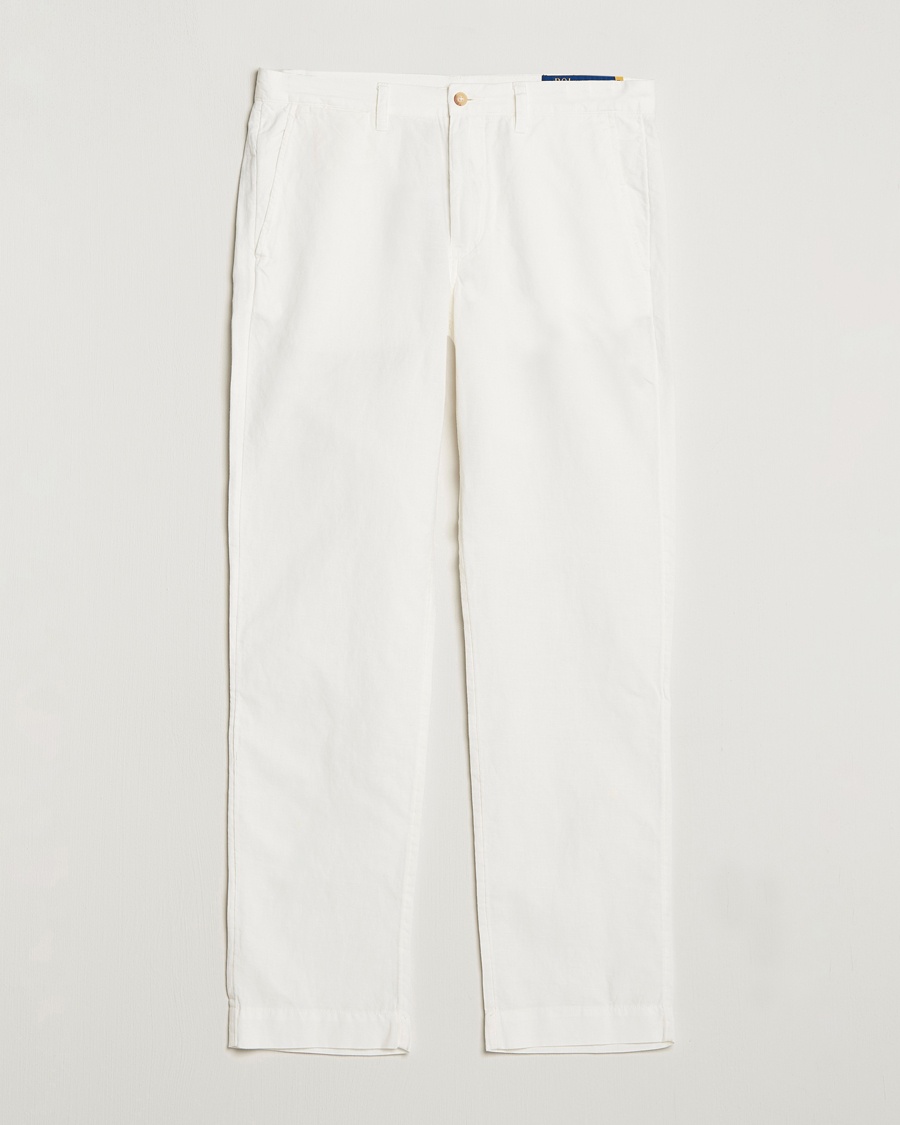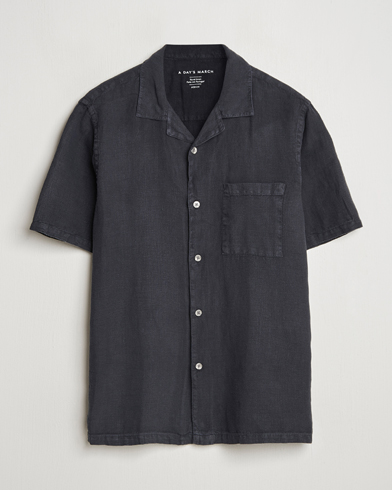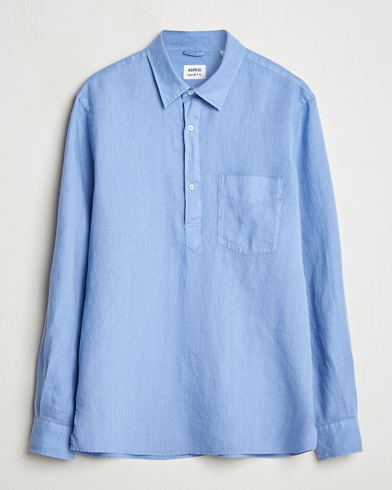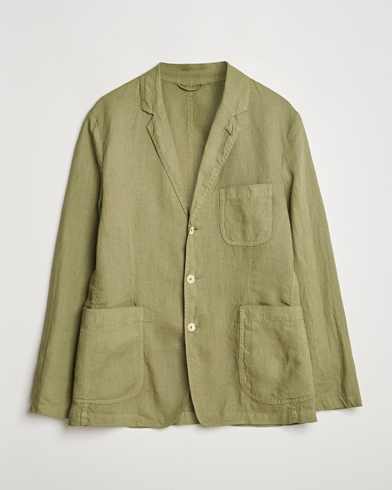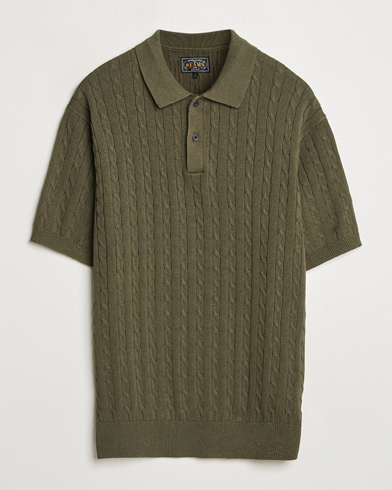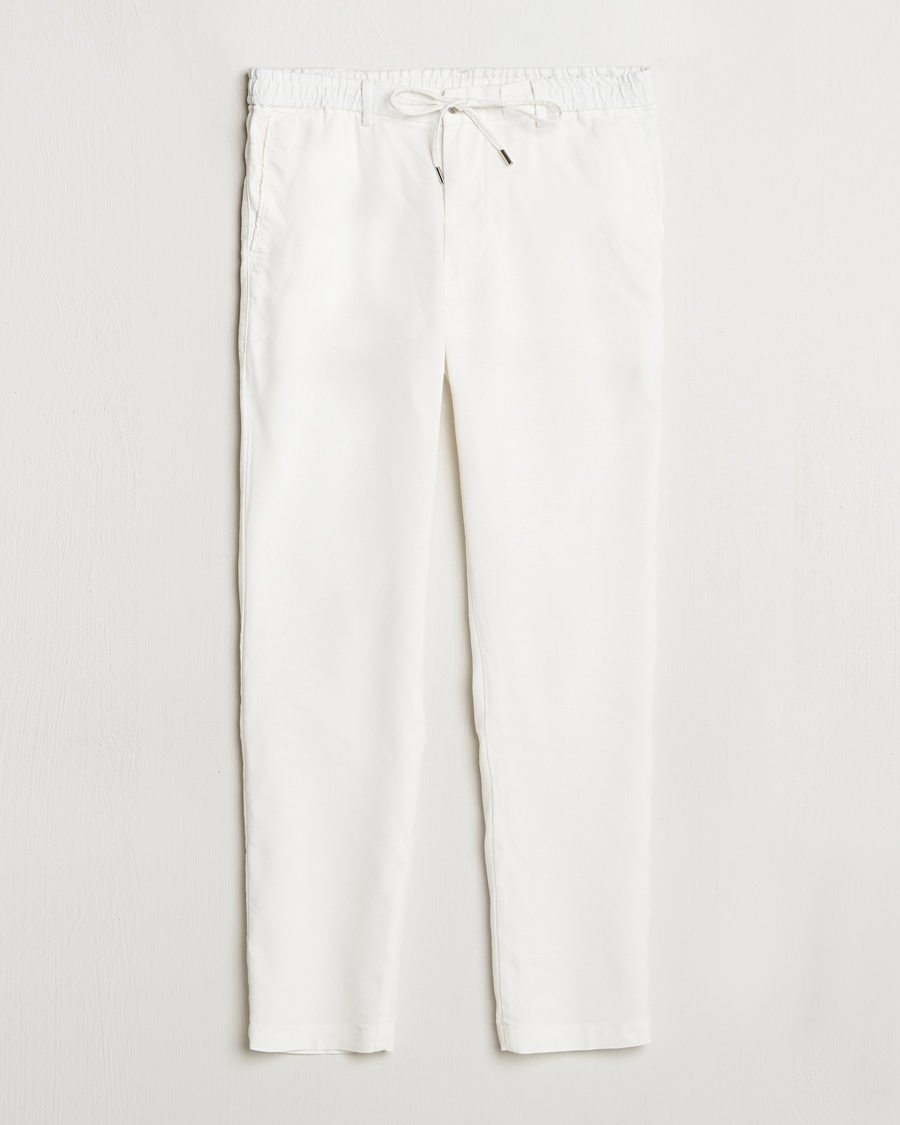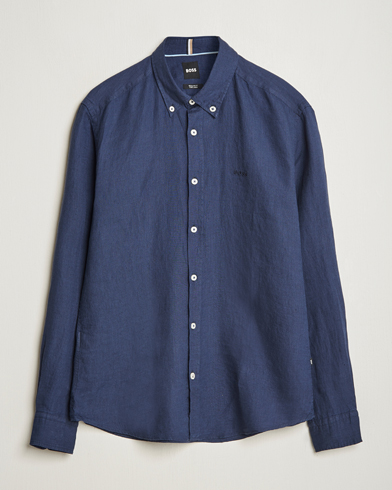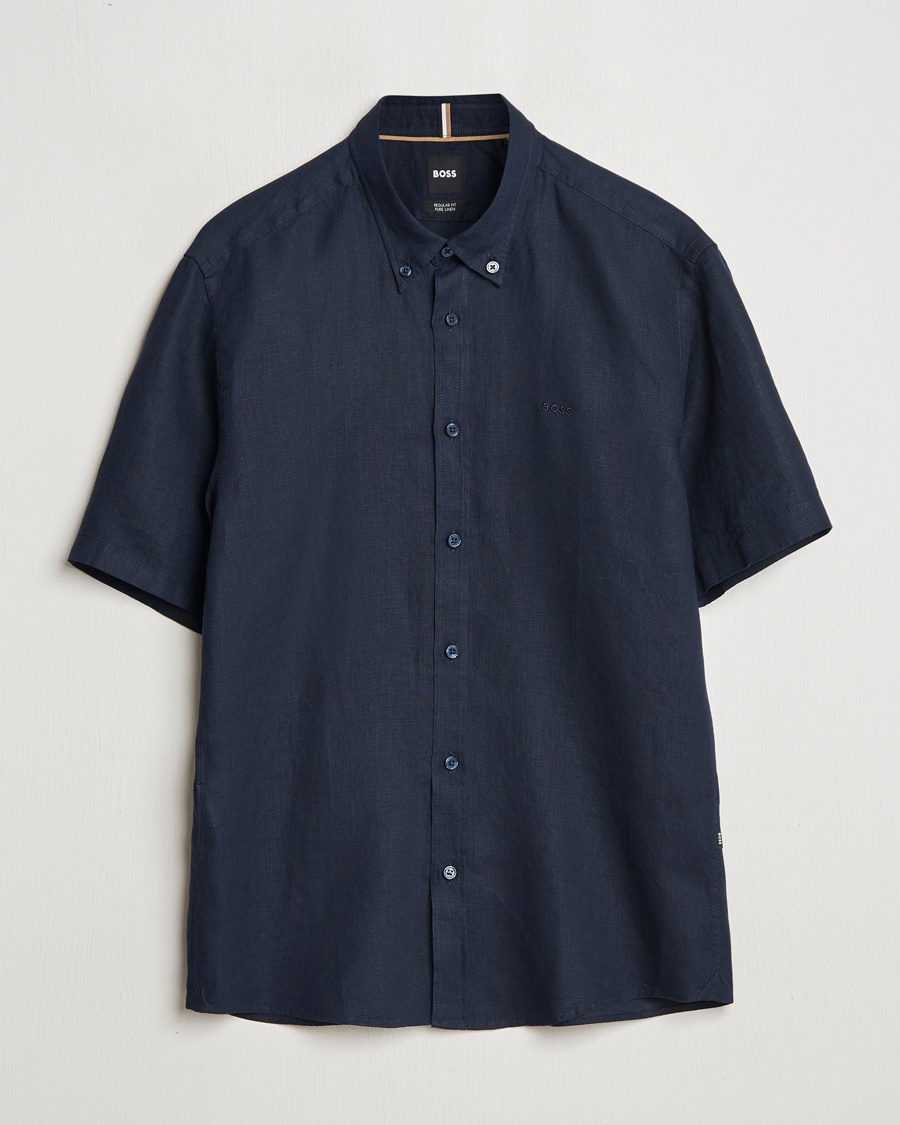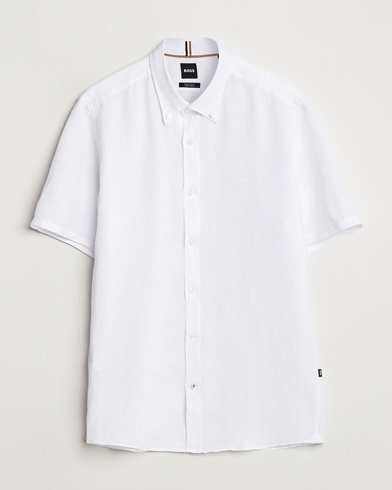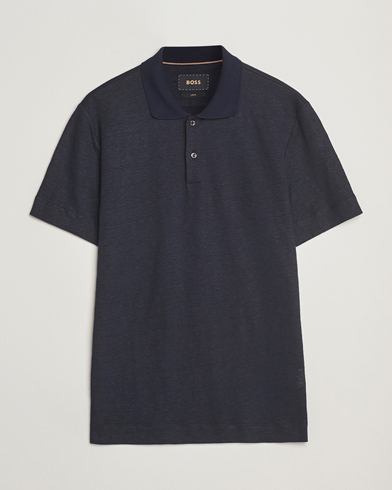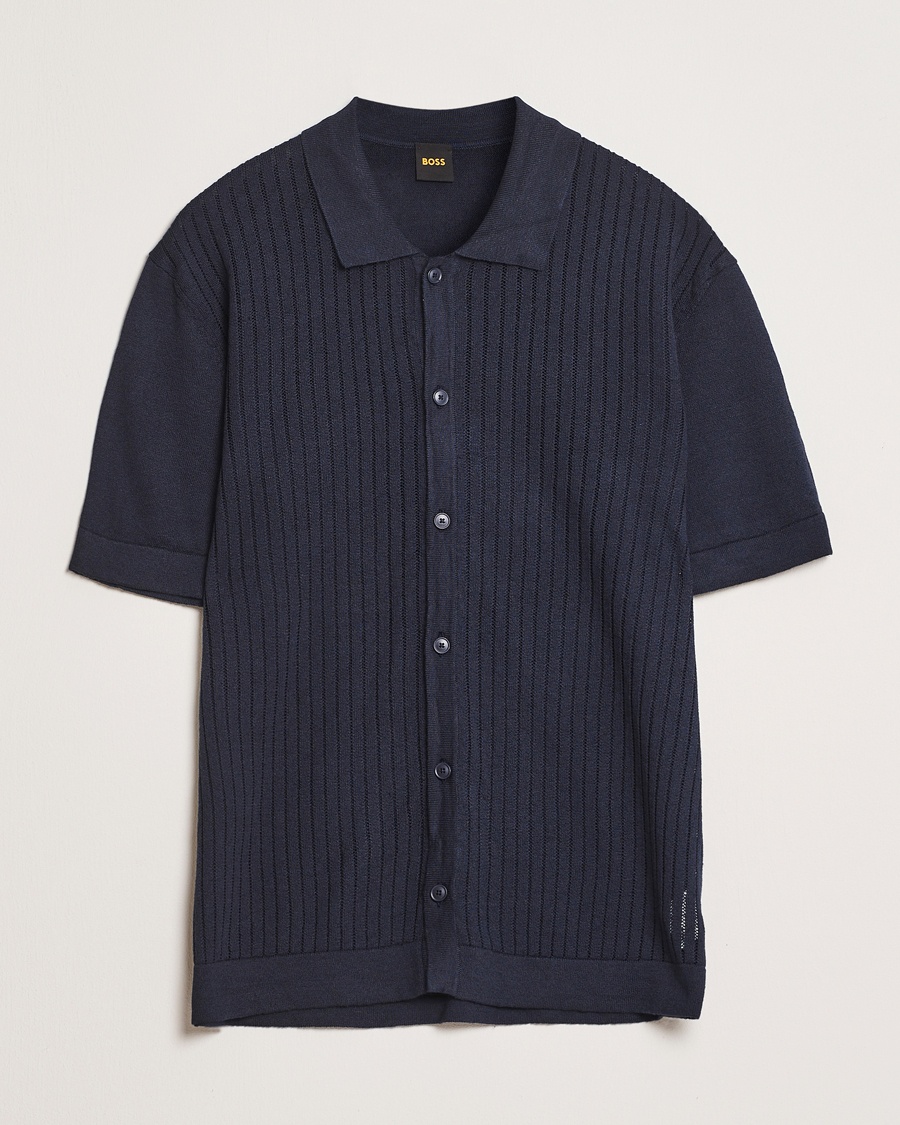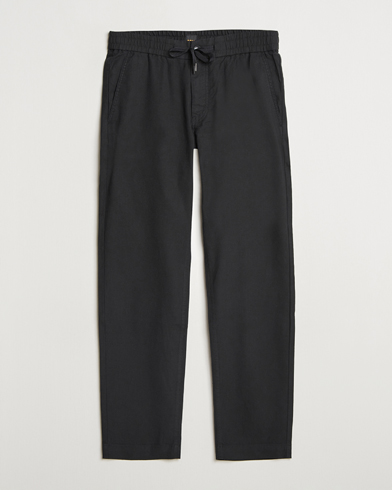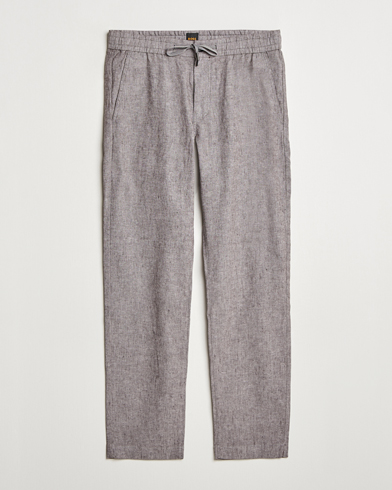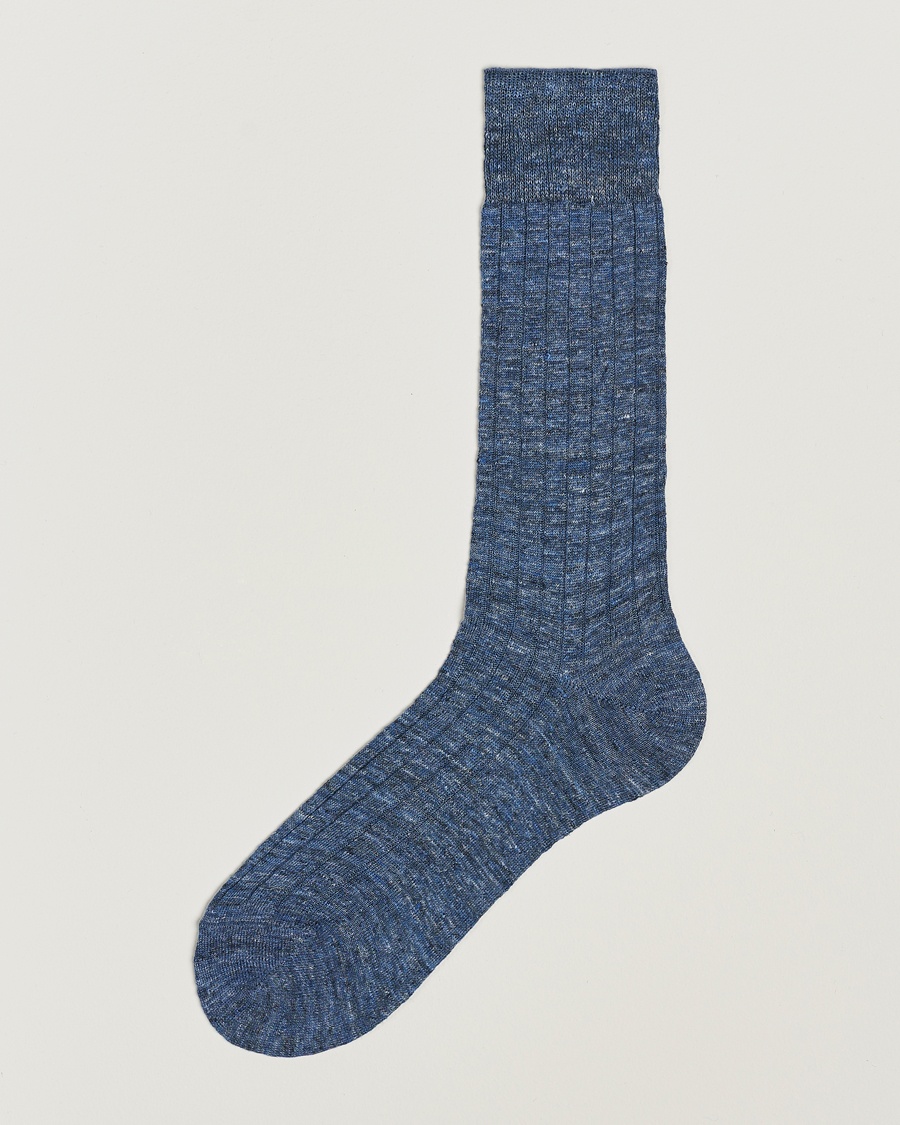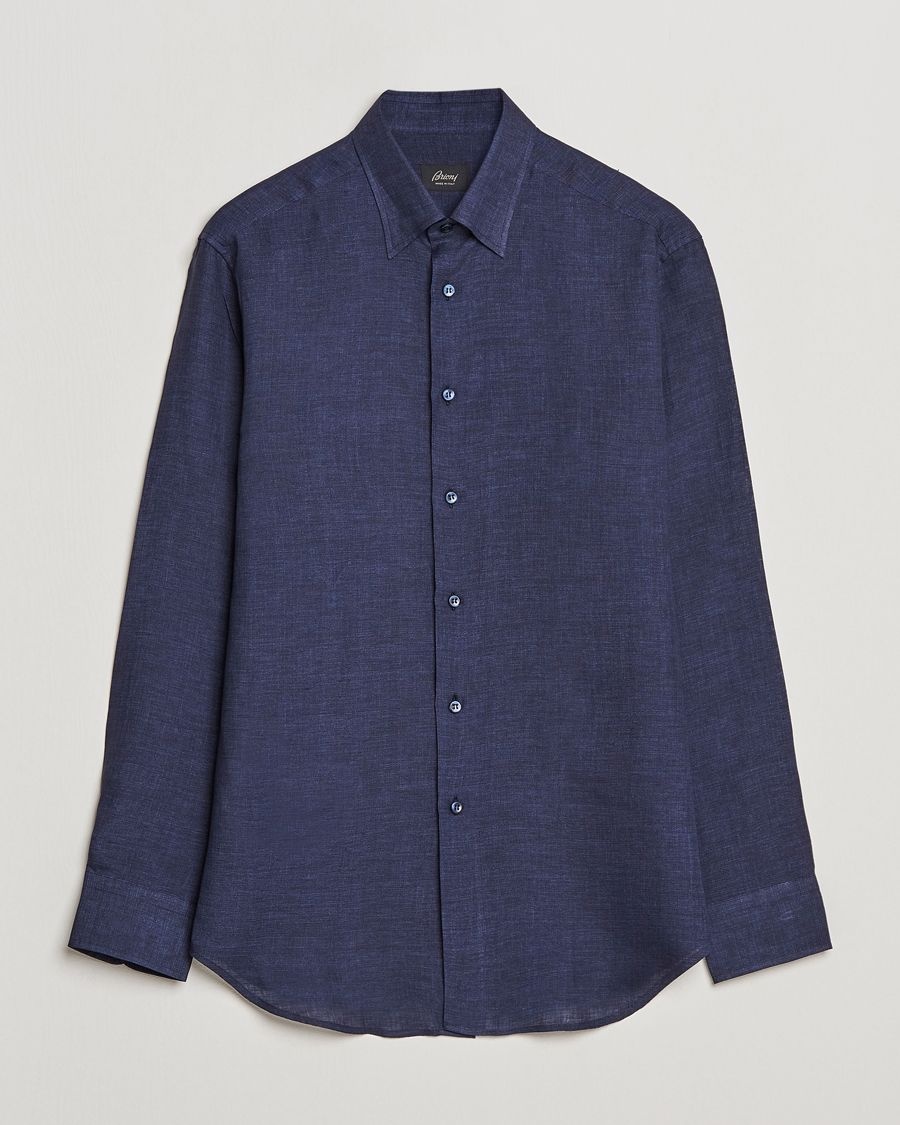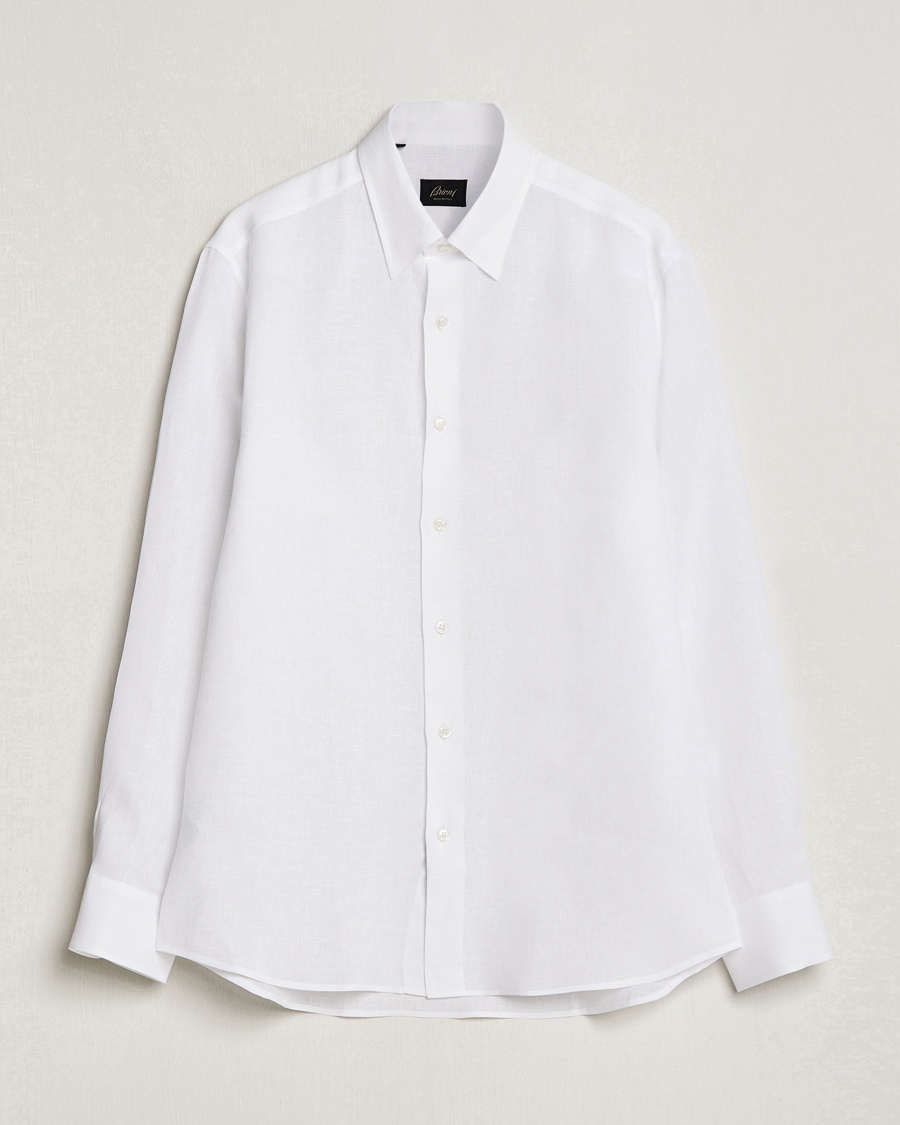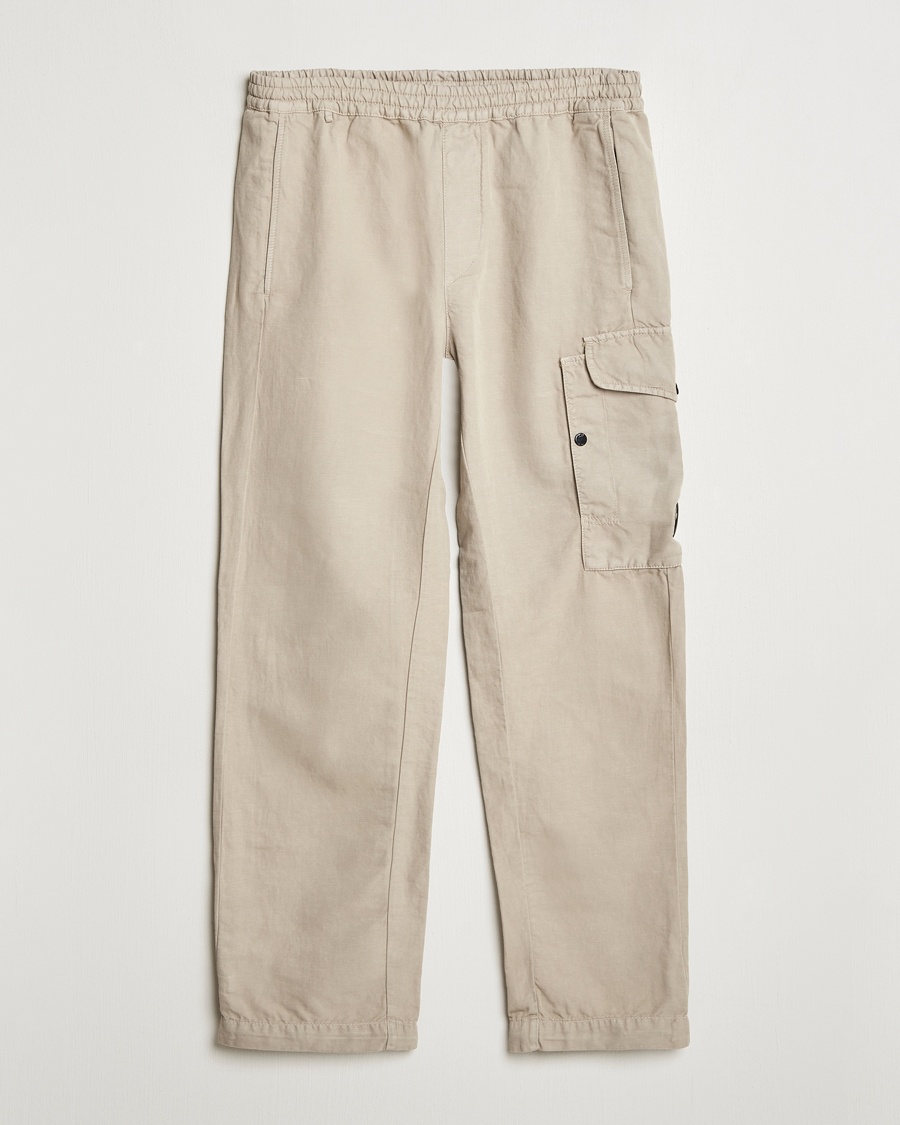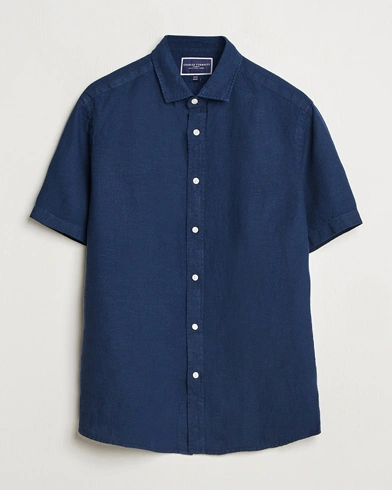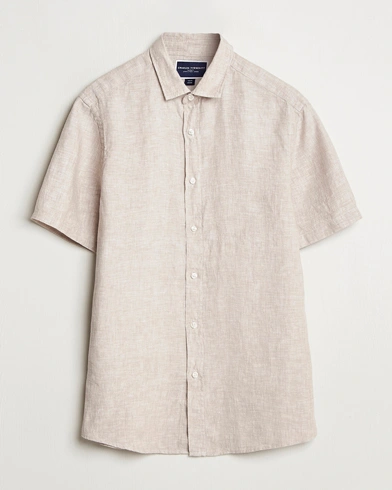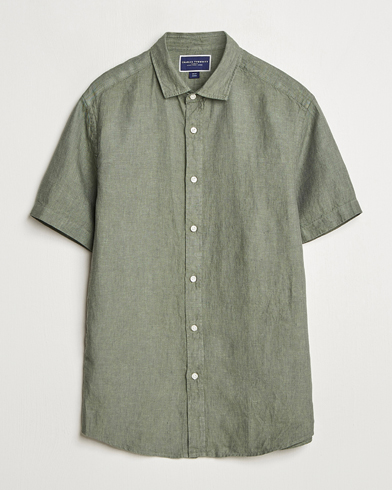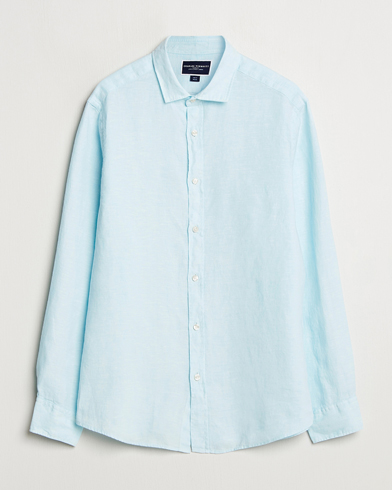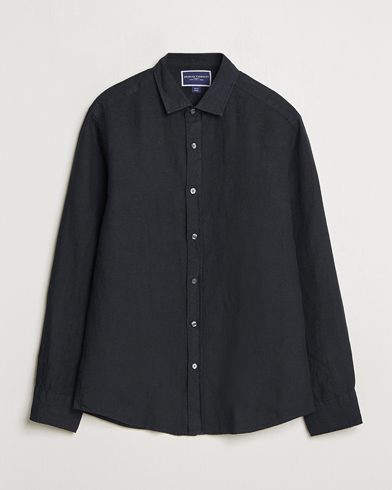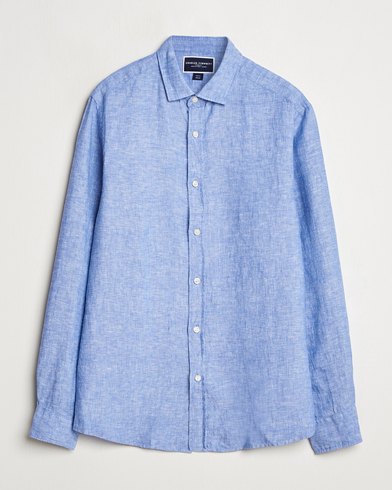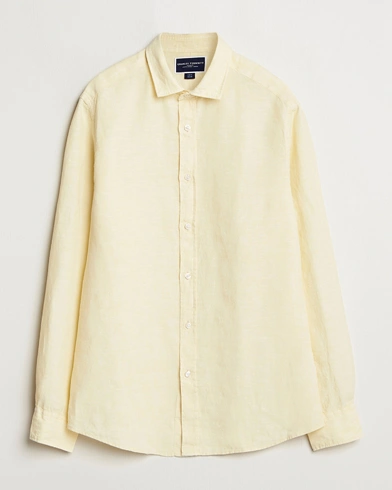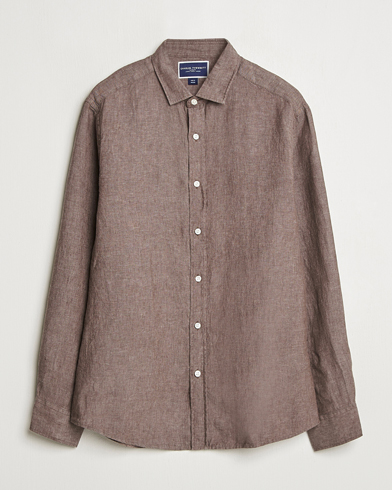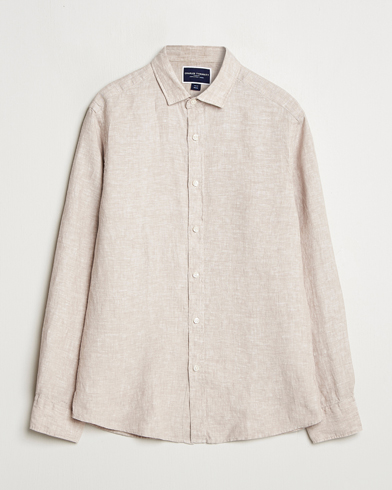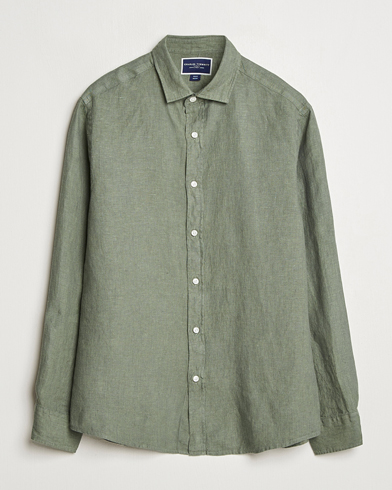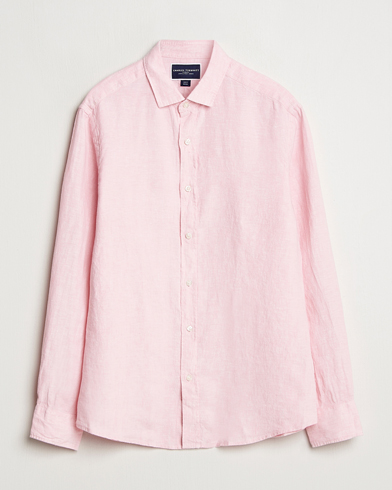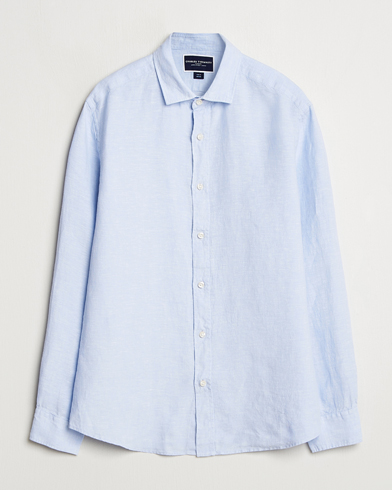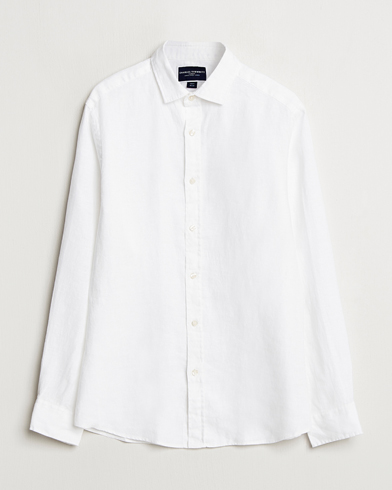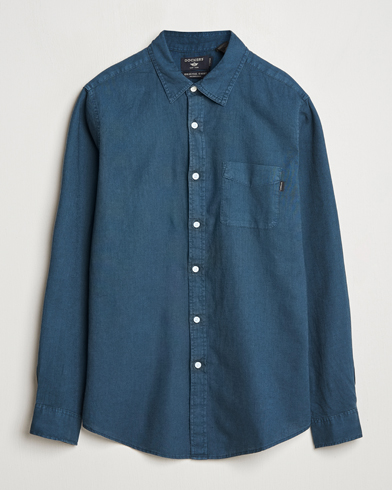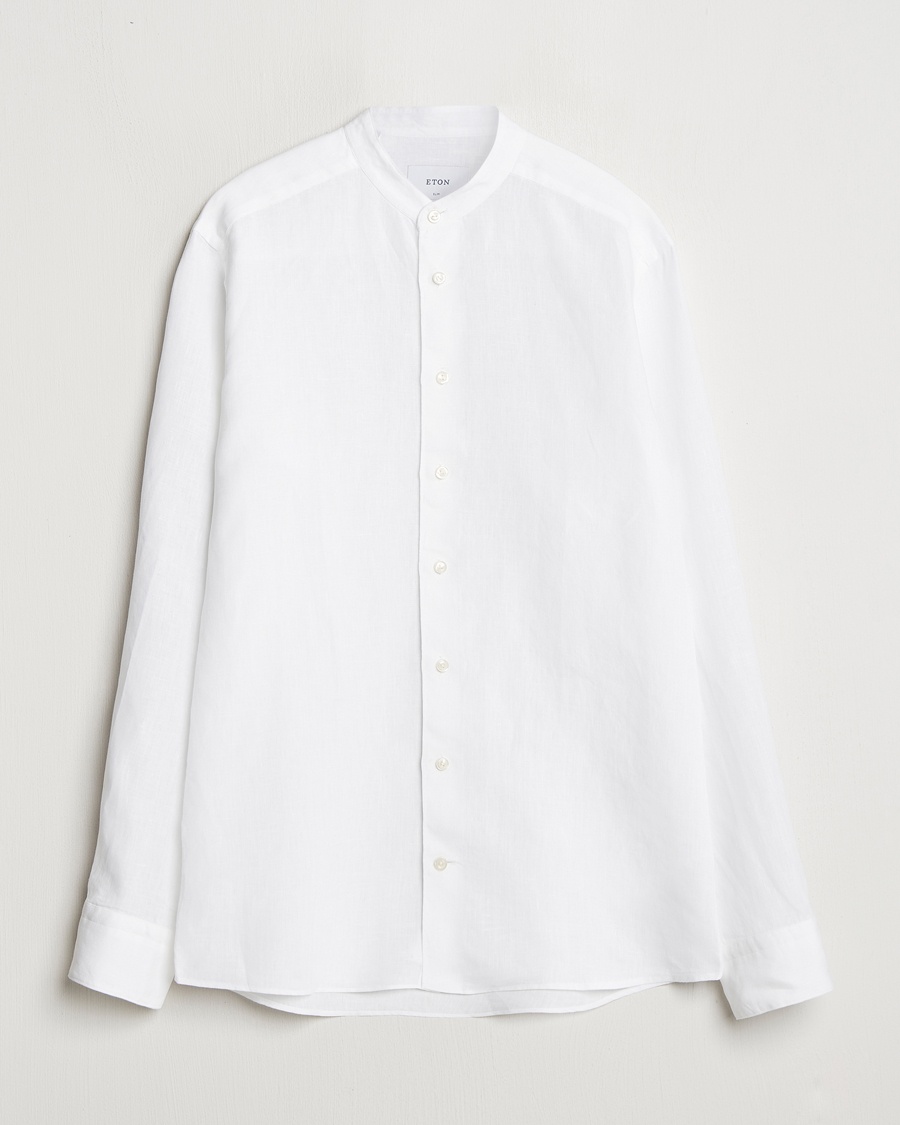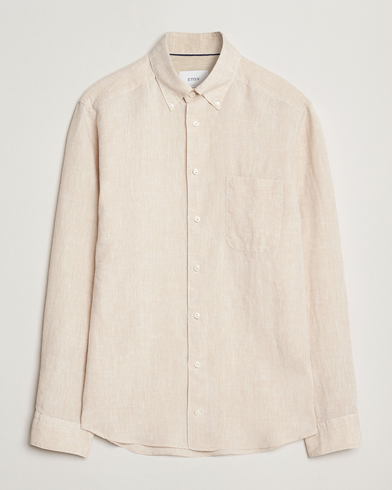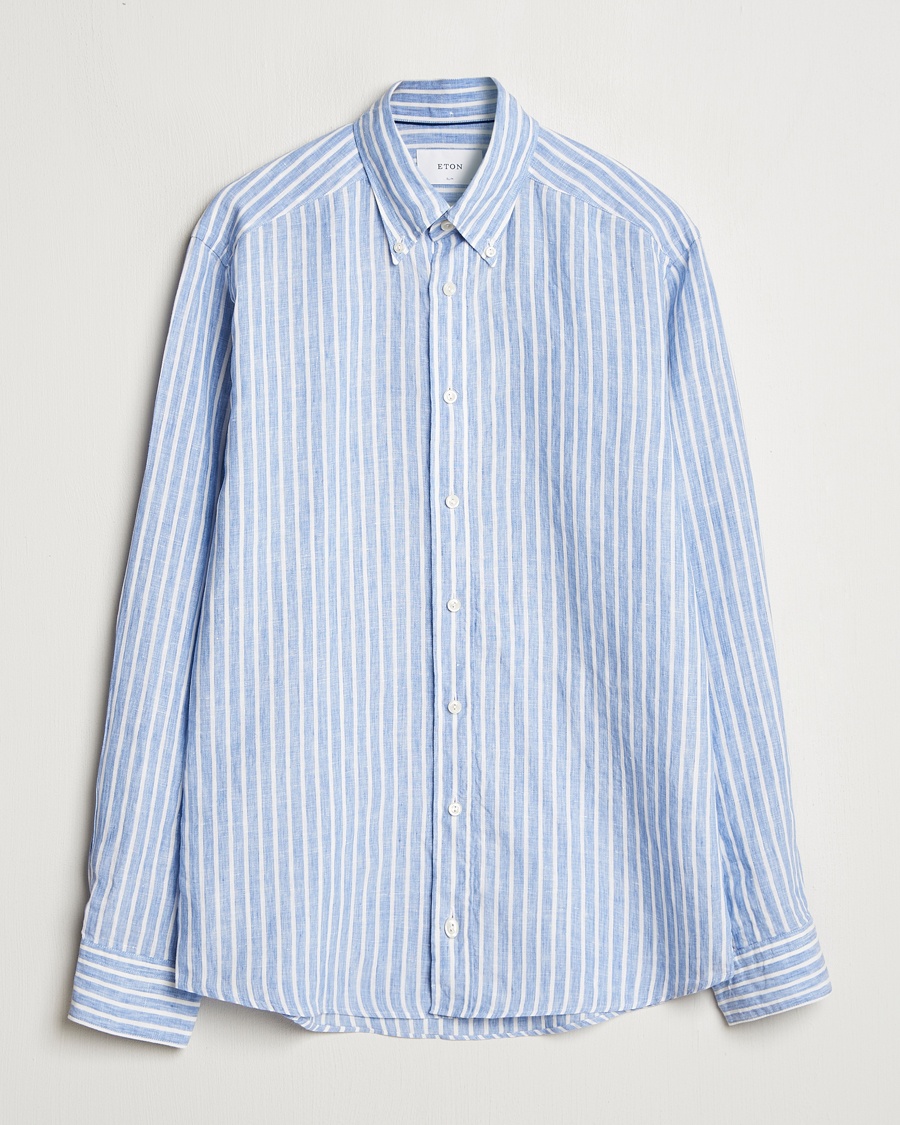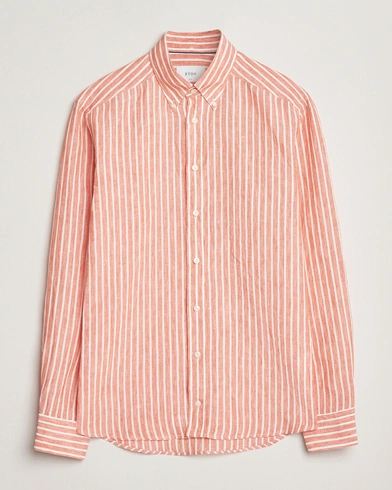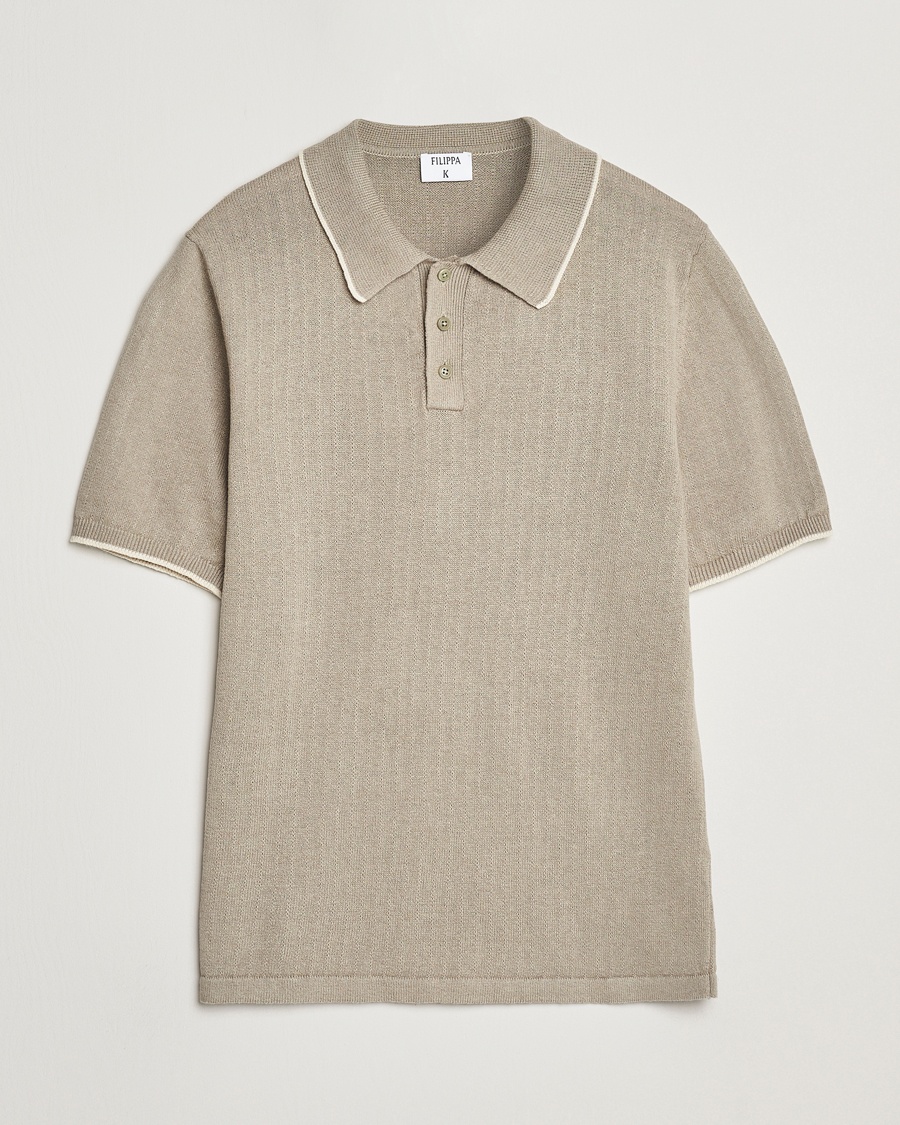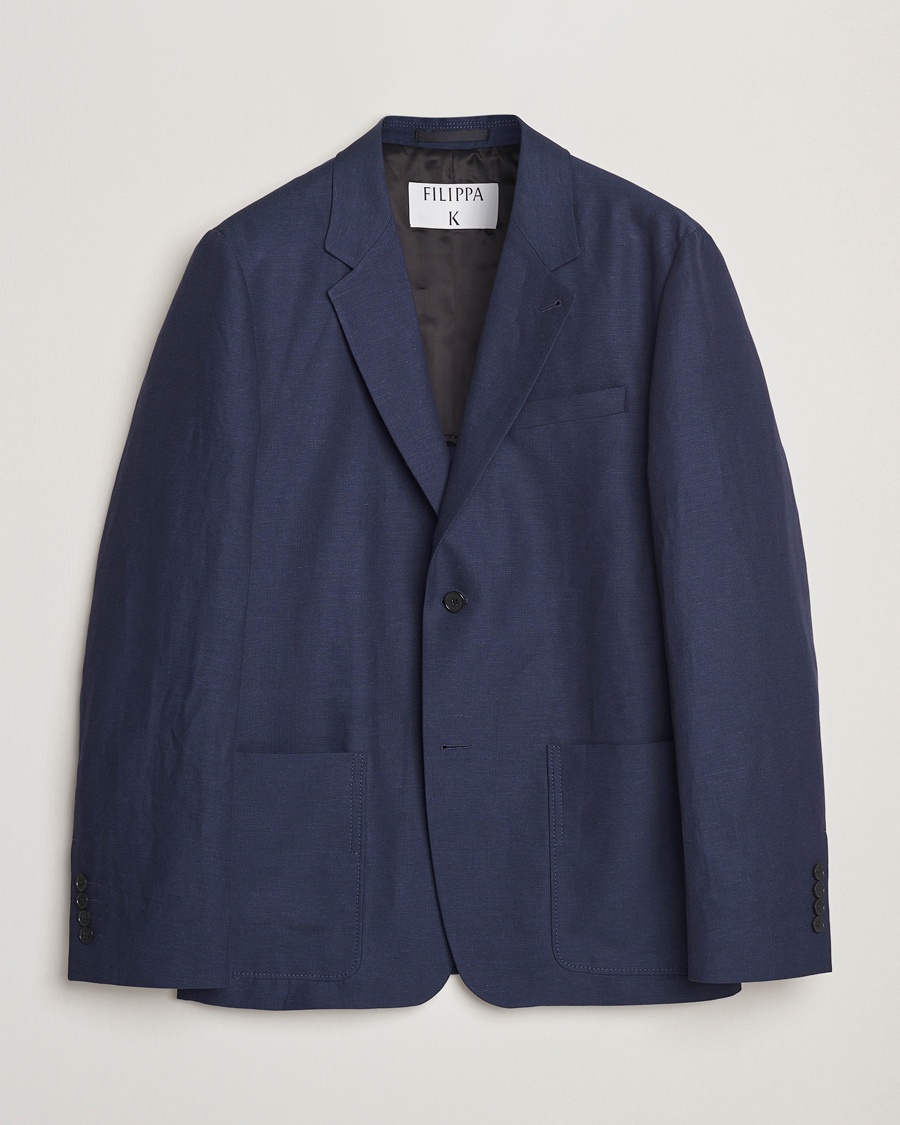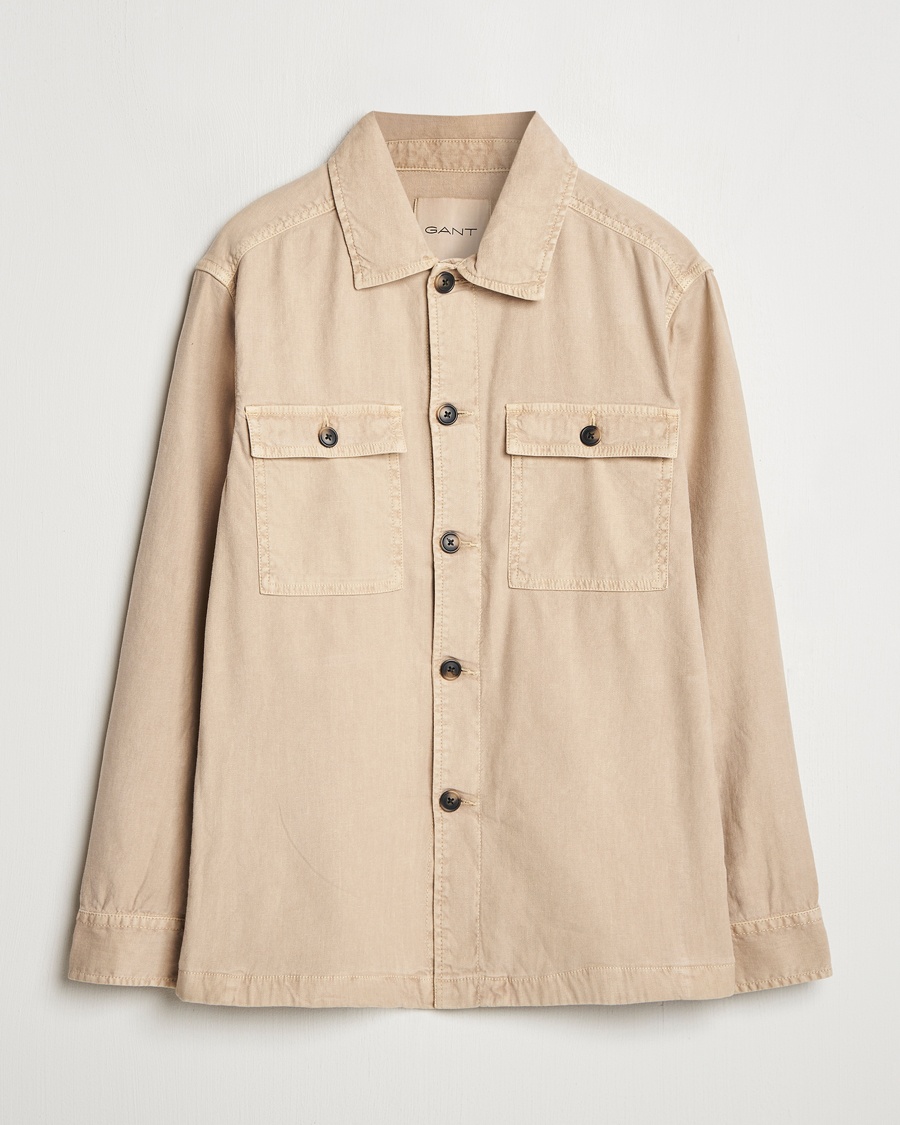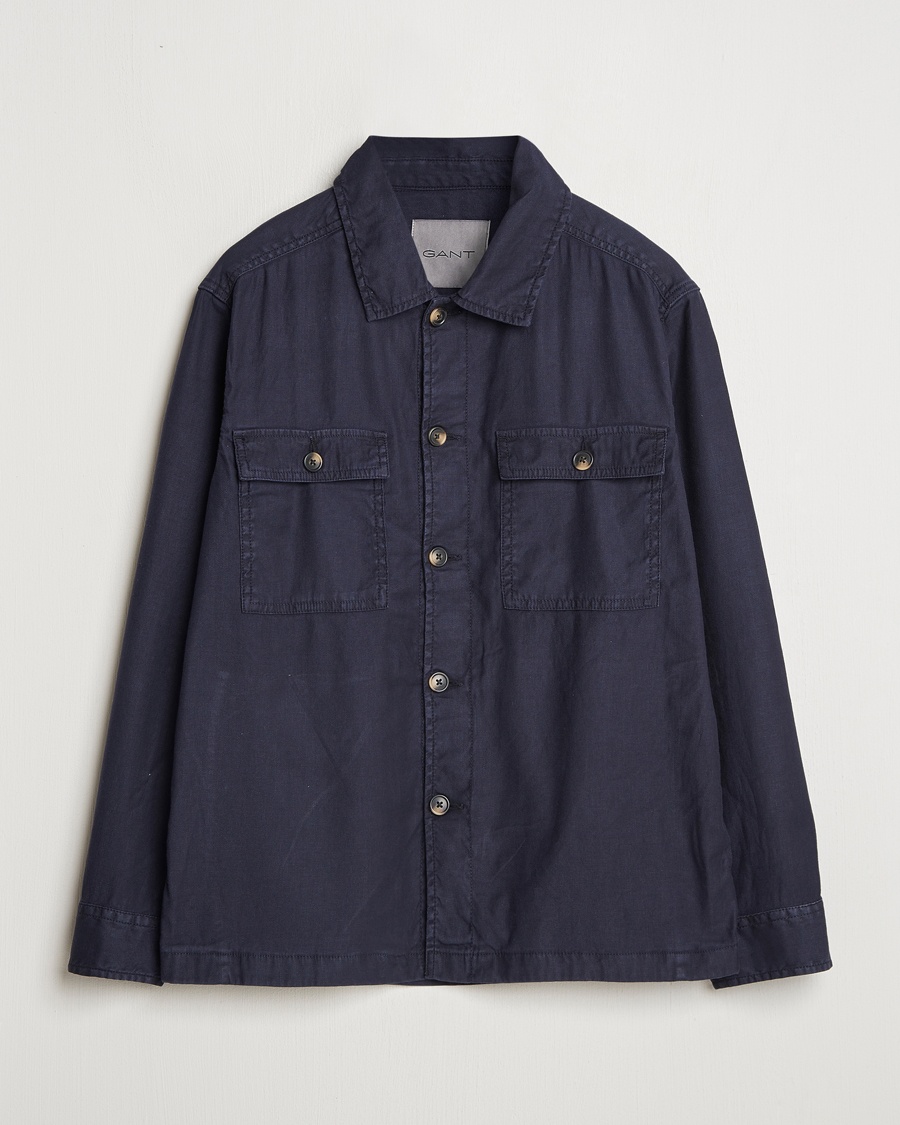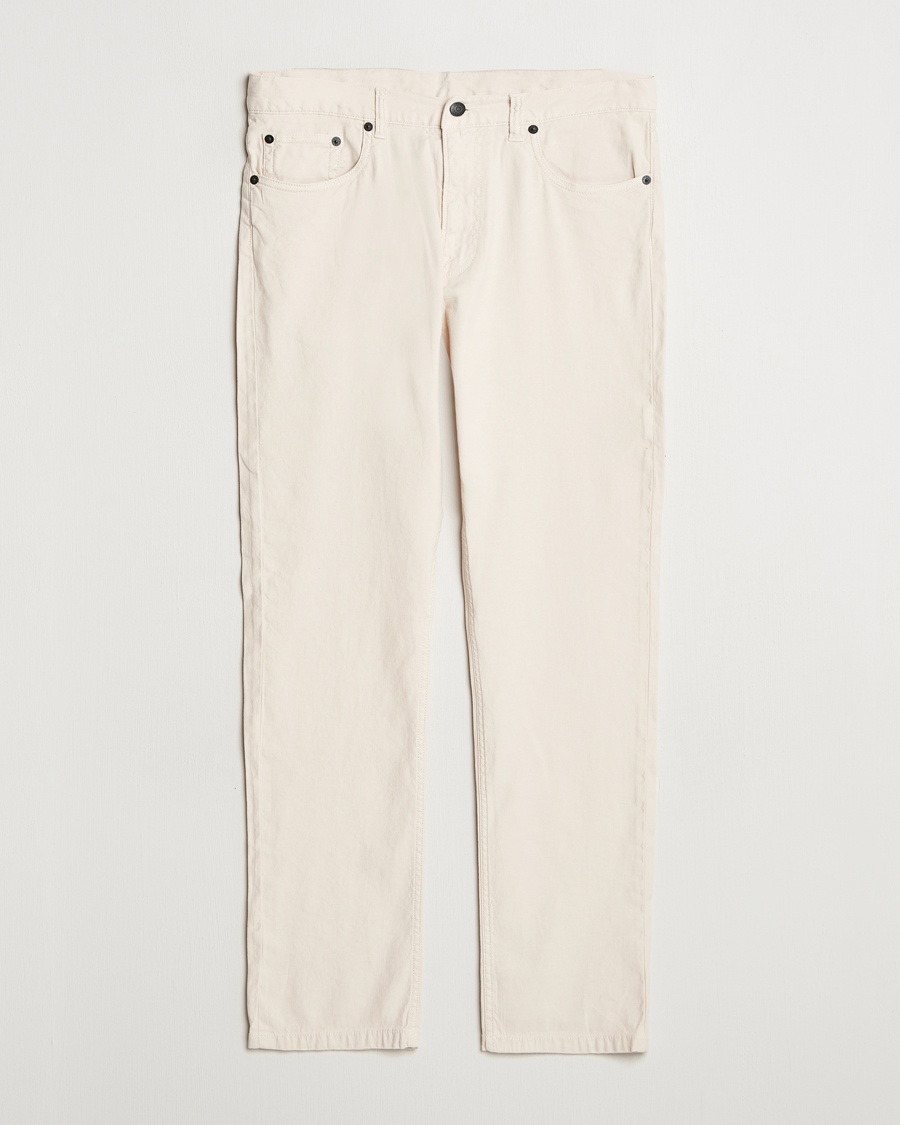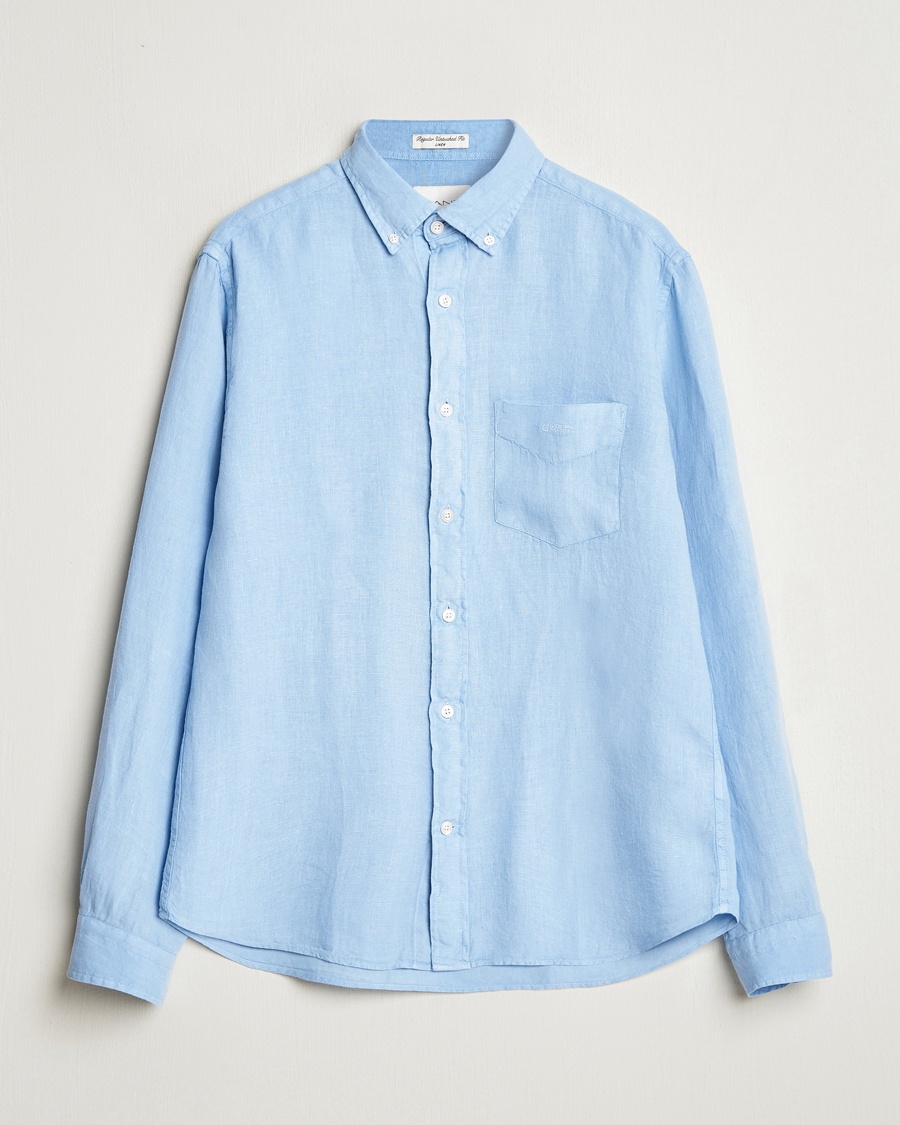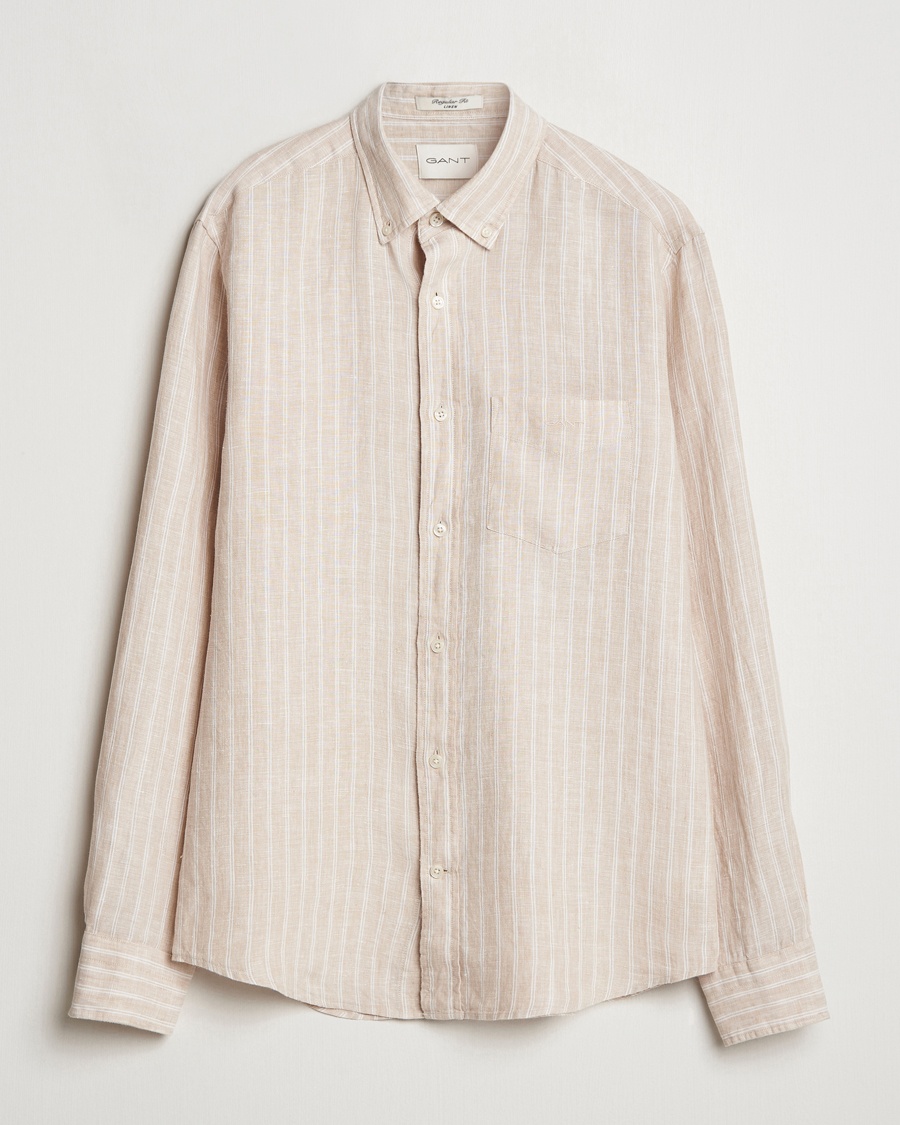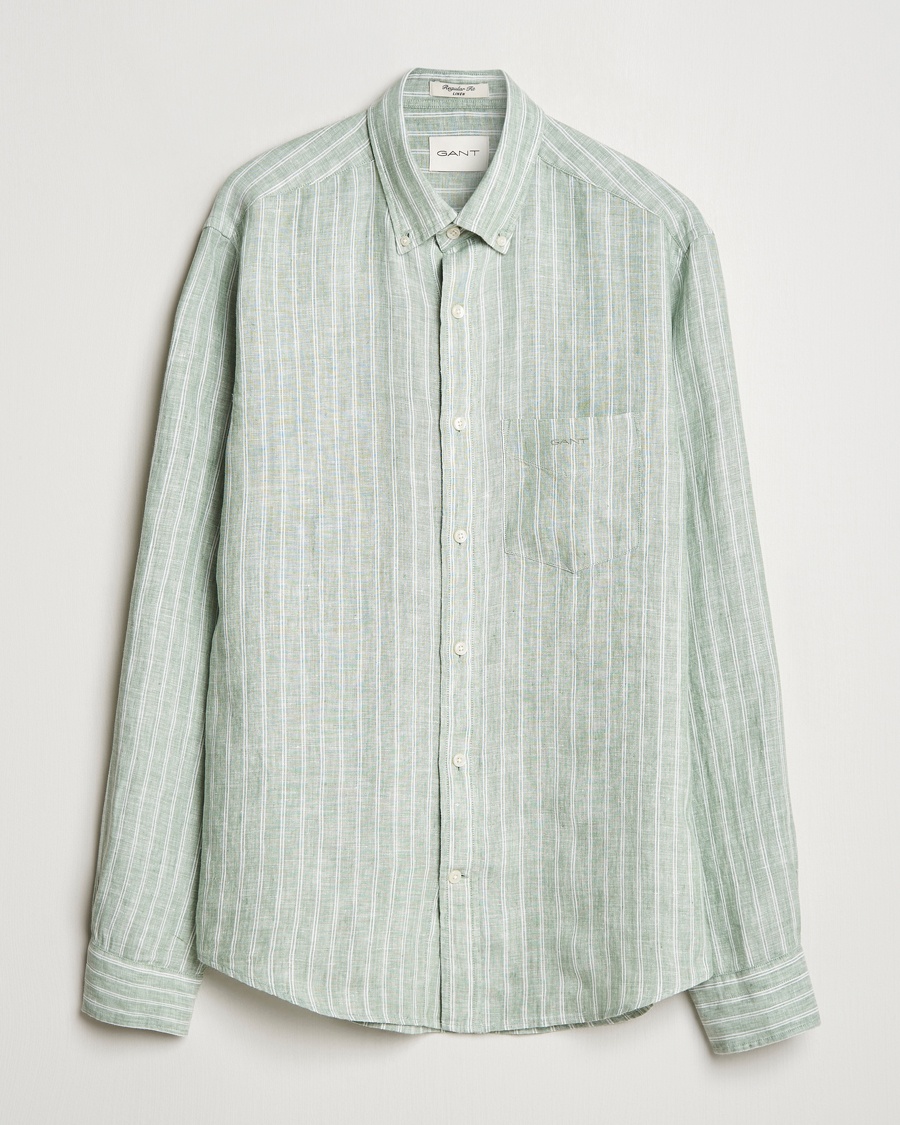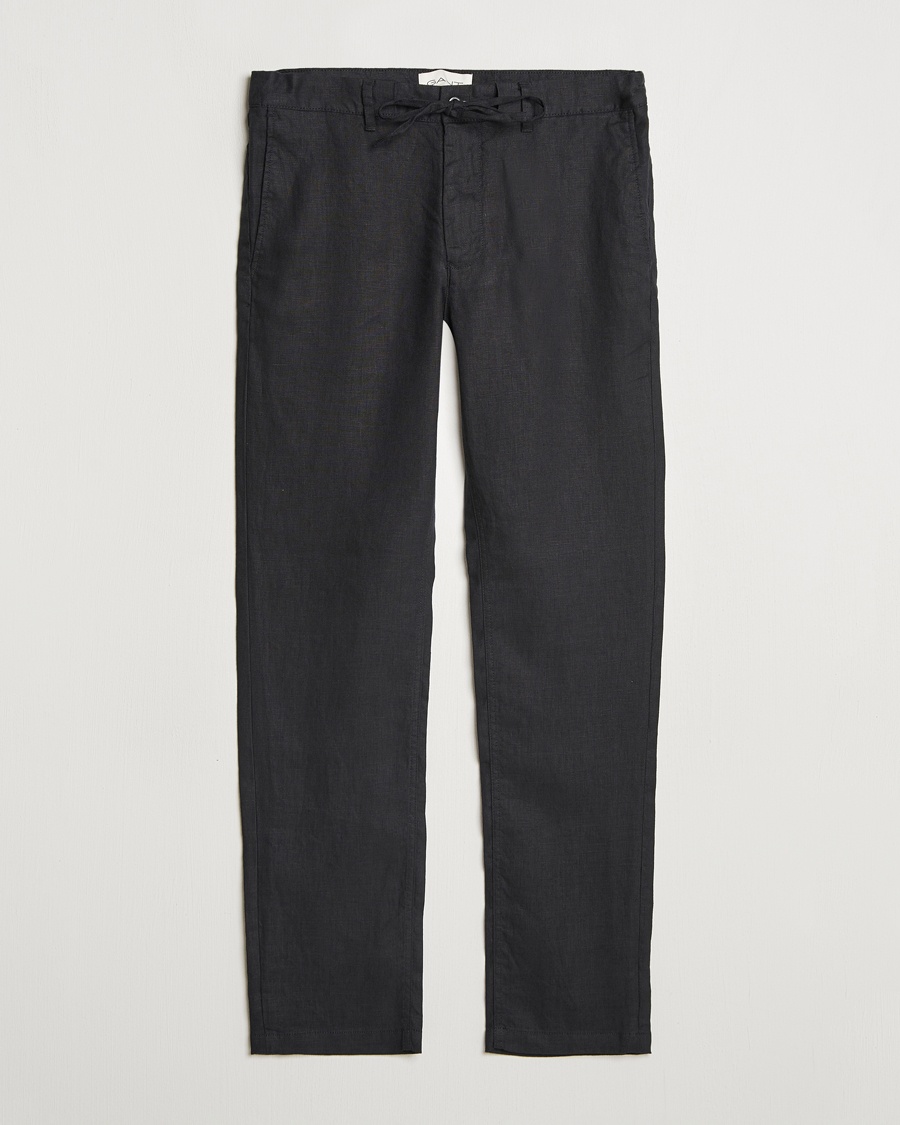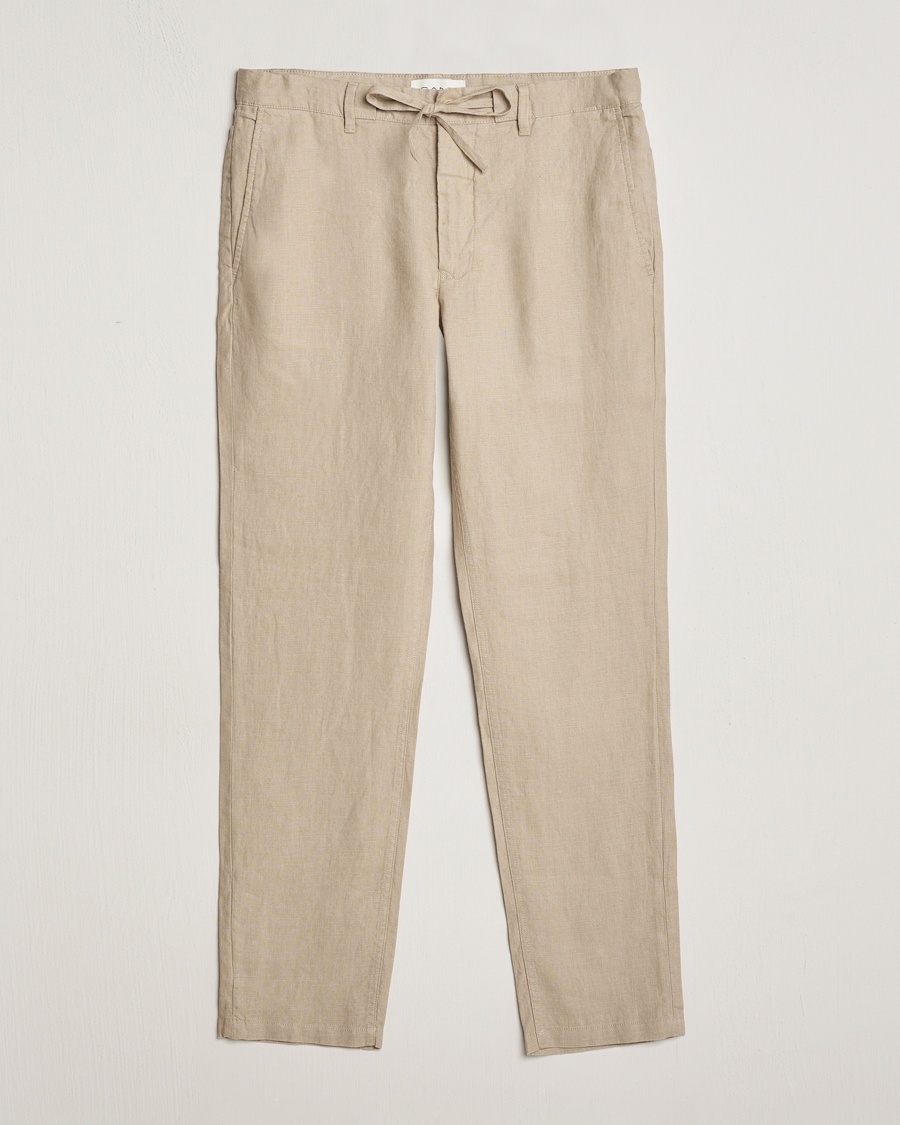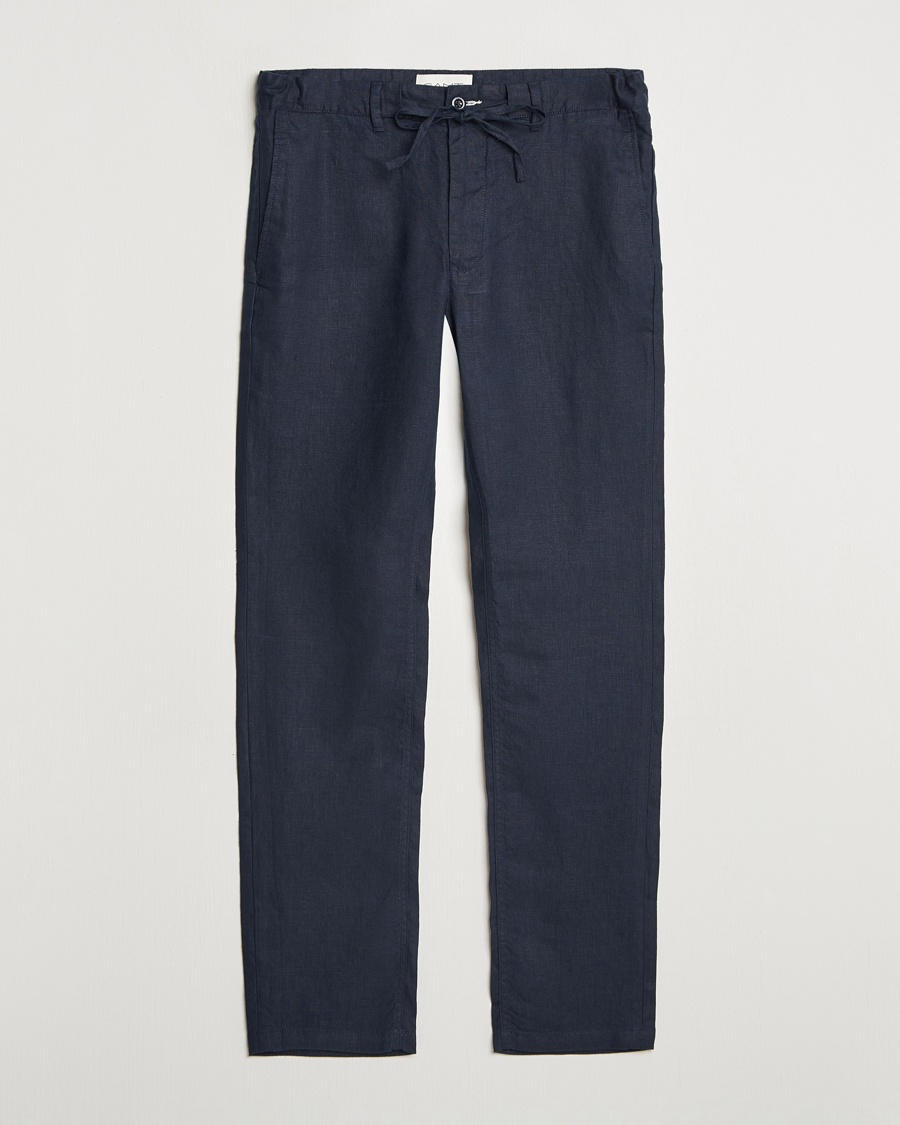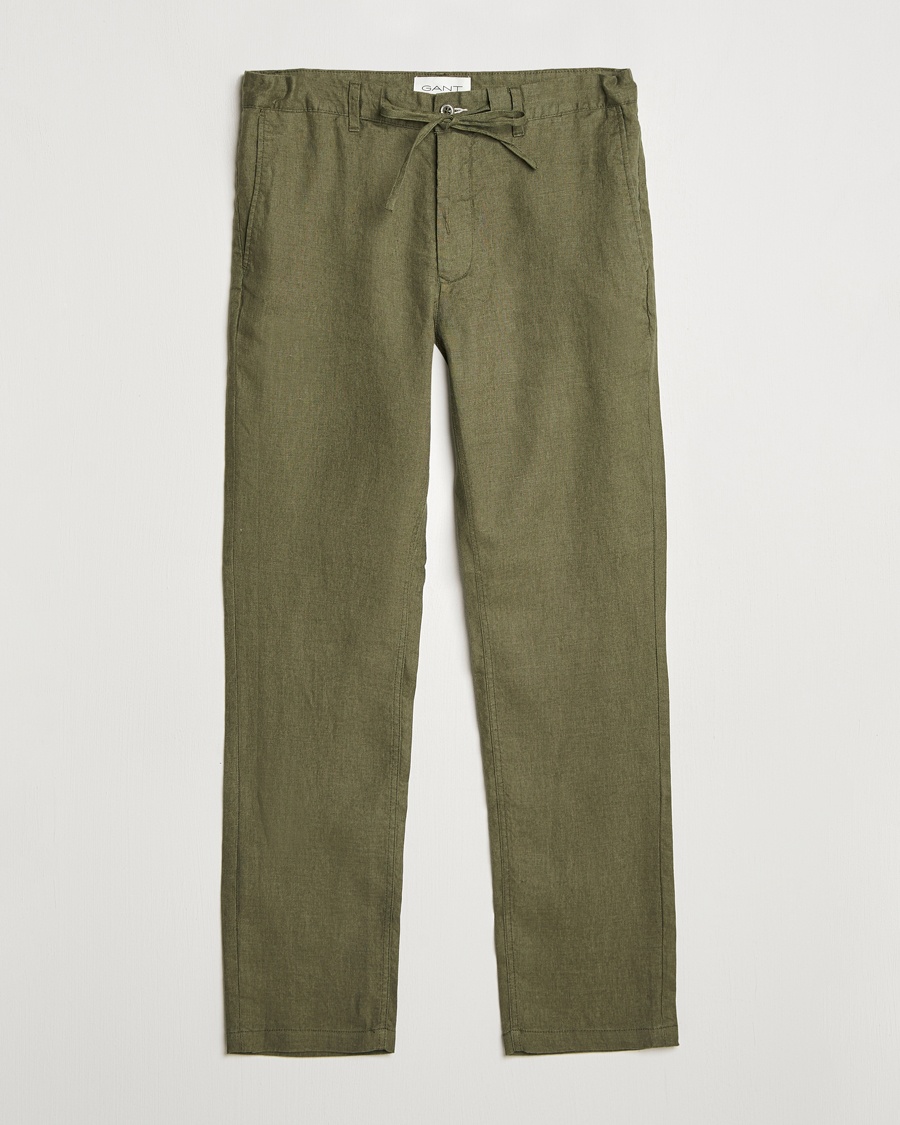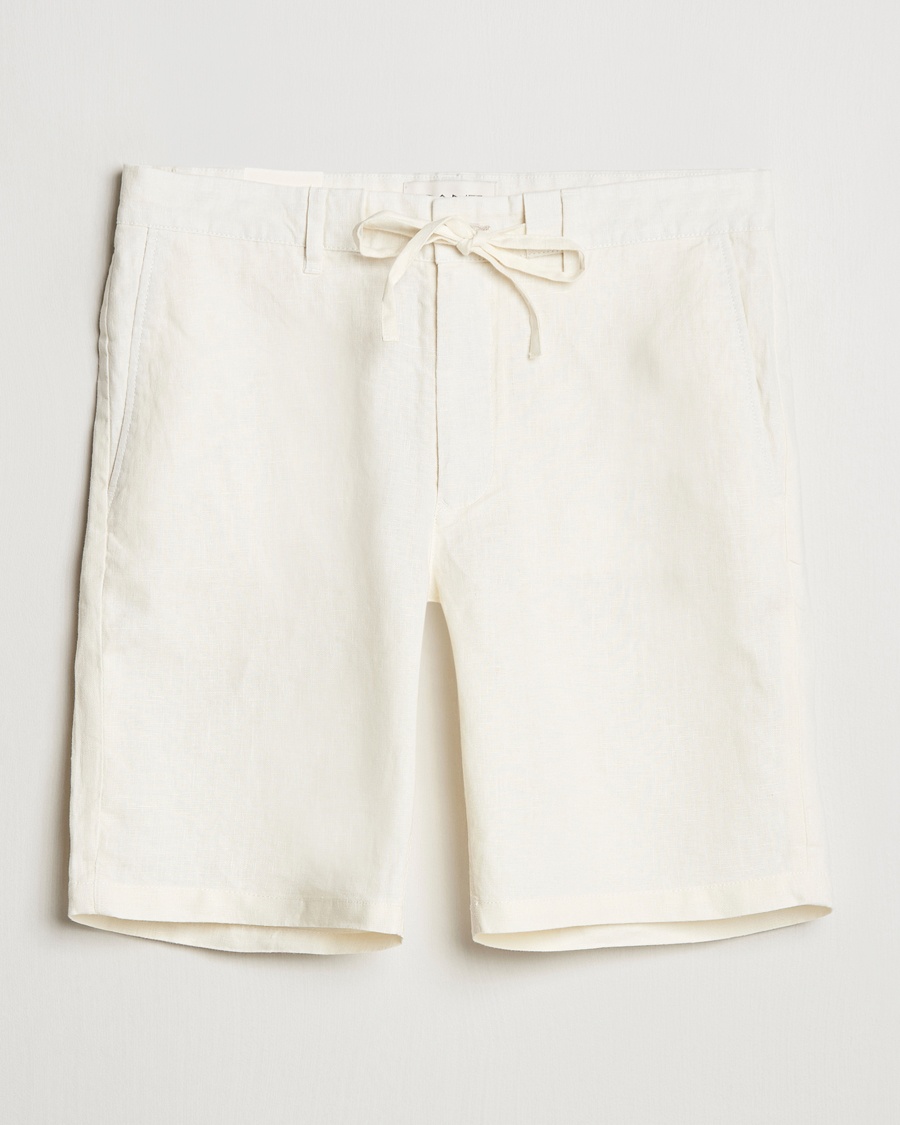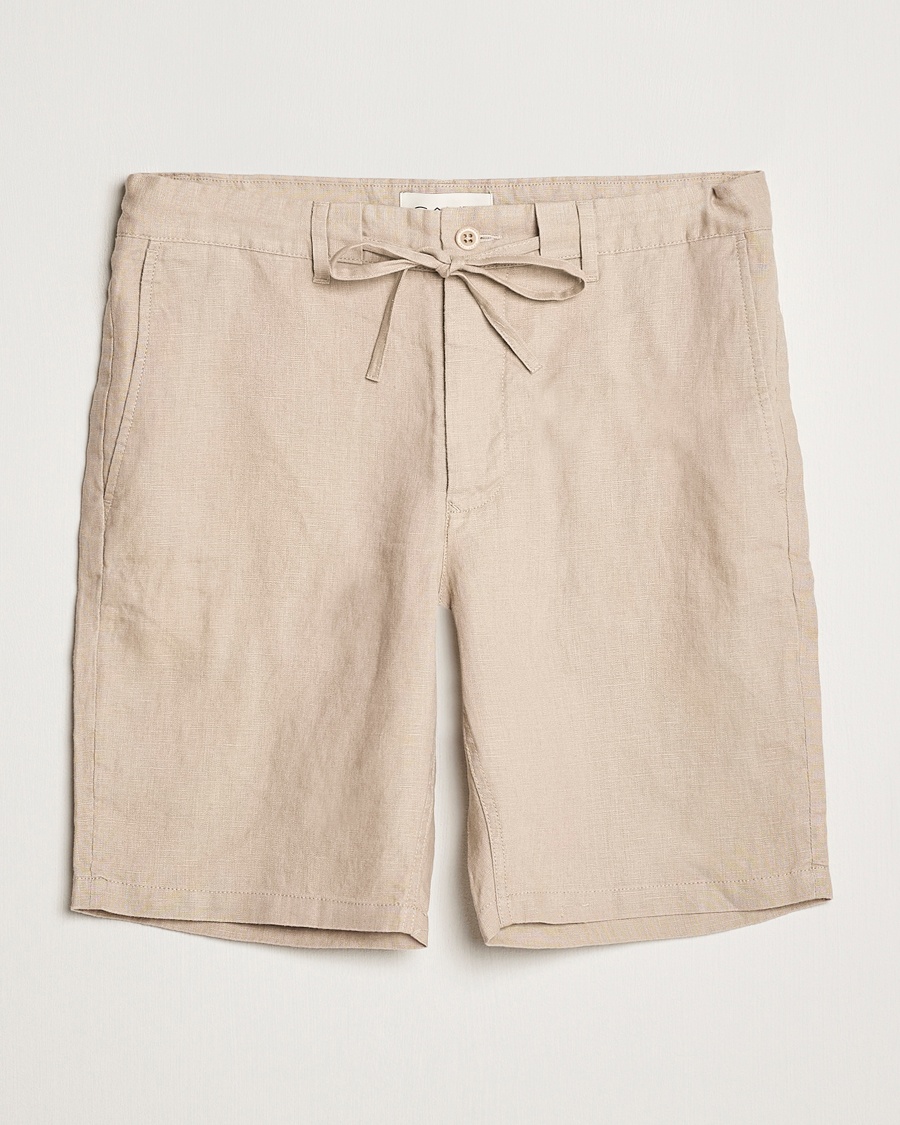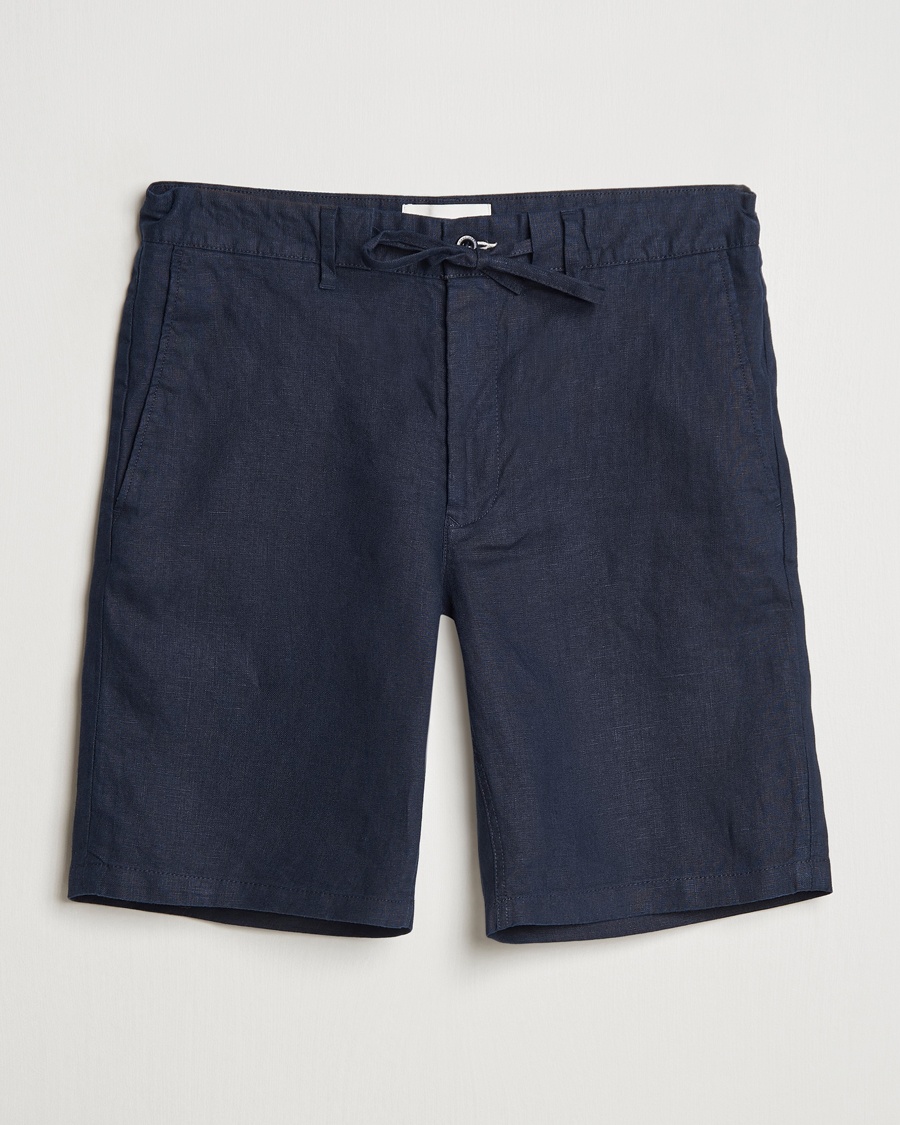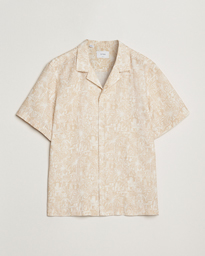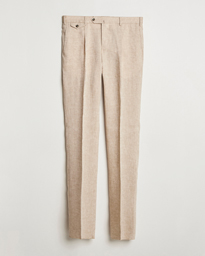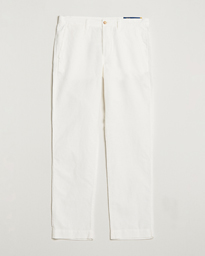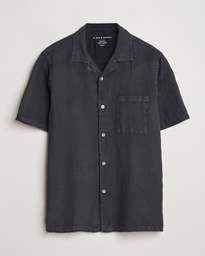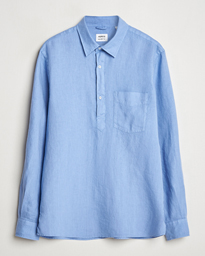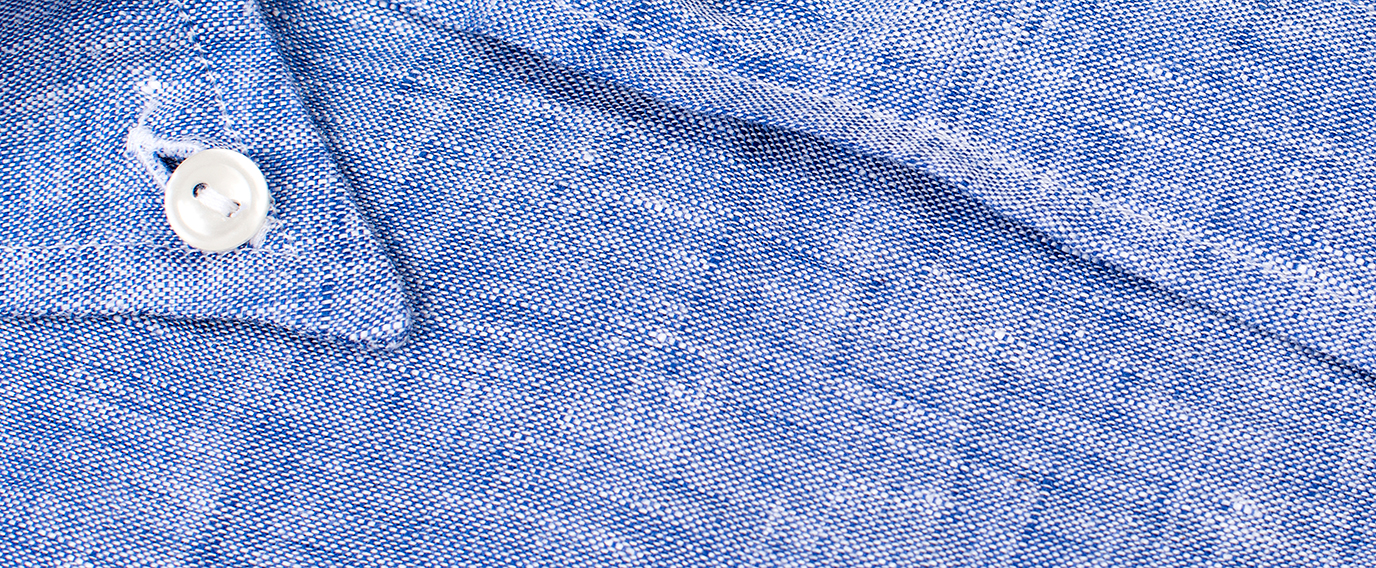
Let's talk about: Linen
Updated: 2025-04-16
Published 2022-01-01WHAT IS LINEN?
Linen is a natural material made from the flax plant and its stem. The plant is usually grown in a slightly colder climate, which is why Russia, the Baltics and parts of China have become large producers, but also in Ireland and Scandinavia there has previously been a larger production of flax and a long tradition of refining the material.
The material often has a very matte surface that can look a little rough at first glance, which means that it is usually classified as a looser material than fine wool qualities. Over time, however, and the more you wash and use your garment, the linen tends to get a better sheen.
Linen also has a tendency to wrinkle, which you can probably see as part of the charm of the material and one of its better attributes.
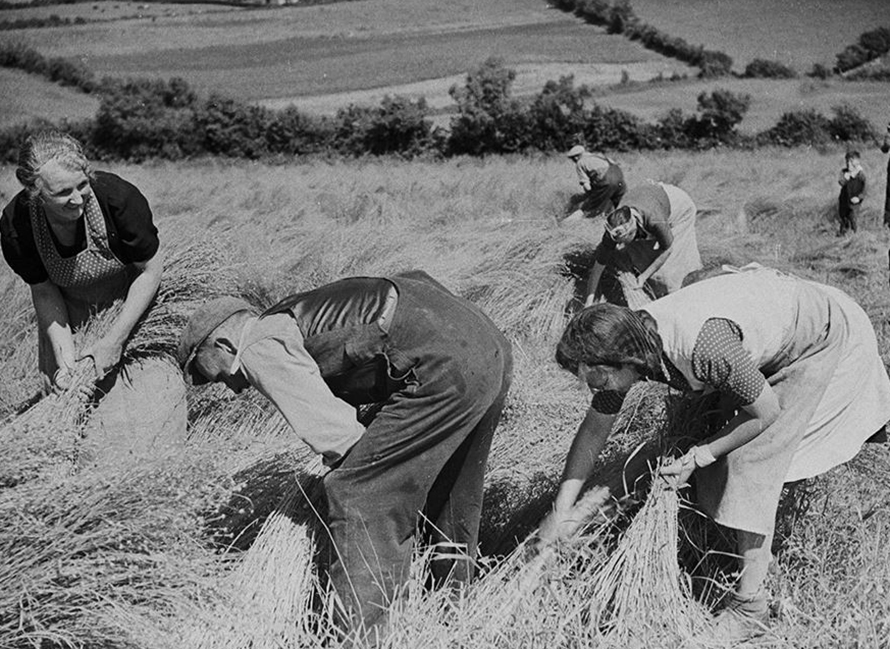
WHAT MAKES LINNE SUCH A GOOD MATERIAL?
The linen has, in comparison with other materials such as cotton, has an incredibly high absorbency, as much as 20% of its own weight before it starts to feel moist. If you like numbers, we can also mention that it absorbs 50% of its own weight before water begins to drip from the fabric, which is twice as much as a cotton fabric. This is one of the reasons why materials are very often used for towels, but are also suitable in garments for hot and sweaty summer days when you need to stay dry and cool.
In addition to the linen fabric absorbing moisture well, it also gets rid of moisture quickly. The fibres that the fabric is made of are hollow, which makes air flow through more easily and it both feels cool to wear during the summer months as well as insulates the body when it is colder.
The fabric is also very durable, and is one of the most durable fibres we use in everyday life. Unlike many other materials, the linen actually only gets even stronger when it is damp. The fabric is also not very elasticated, which means that it rarely loses its shape or twists and holds, wash after wash, its shape remains the same.
What should you think about when wearing linen clothes?
• Avoid matching different types of linen garments together. It looks slightly over-matched, unless it's a suit made to be worn together.
• Linen garments wrinkle easily. That's how they are, so do not wear yourself out at the ironing board to get the shirt smooth, but instead enjoy the beautiful folds on it or choose a shirt made from a different material if you need a smooth and freshly ironed shirt.
• As with many other white garments, it is also a clearly see-through garment, when it is a white linen garment. Be observant of this when choosing what to wear under them or if you have a lot of body hair.
• Linen garments are perfect during the summer, but it can also look very good in the right fabric mixes and well-chosen types of garments during other seasons. Just try to avoid going to the office in the winter in the linen shirt from the summer, as it easily looks as if you are coming straight from a holiday in the Mediterranean.
Linen garments:
Do you want to continue where you were?
Customer service
FAQ
Answers to the most frequently asked questions can be found here.
We aim to reply to your email within one working day.
Personal Style Advice
We currently offer personal style advice through both digital and in-person customer meetings near our headquarters in Borås, Sweden.
If you're interested in booking a session with our personal shopper, send an email to us at [email protected], specifying whether you prefer a digital or in-person meeting, and we will get back to you with more details and available time slots.
Our style advisors look forward to helping you update your wardrobe and invest in timeless, quality garments!
Log in
-
Sweden
-
Denmark
-
Norway
-
Finland
-
Germany
-
Austria
-
Belgium
-
Ireland
-
Croatia
-
Cyprus
-
Czech Republic
-
Estonia
-
Greece
-
Hungary
-
Liechtenstein
-
Lithuania
-
Luxembourg
-
Malta
-
Poland
-
Portugal
-
Slovakia
-
Slovenia
-
Bulgaria
-
Latvia
-
Romania
-
Netherlands
-
France
-
Switzerland
-
Spain
-
Italy
-
United Kingdom
-
Saudi Arabia
-
New Zealand
-
Taiwan
-
United Arab Emirates
-
Japan
-
Australia
-
Canada
-
South Korea
-
Hong Kong
-
Singapore
-
Kuwait
-
Malaysia
-
Qatar





